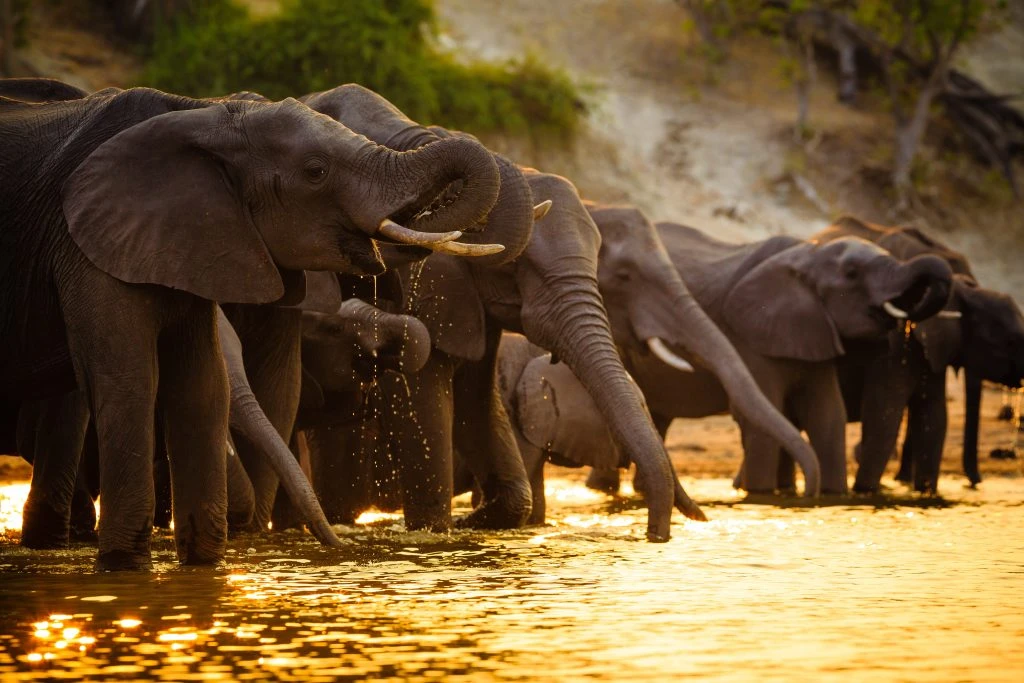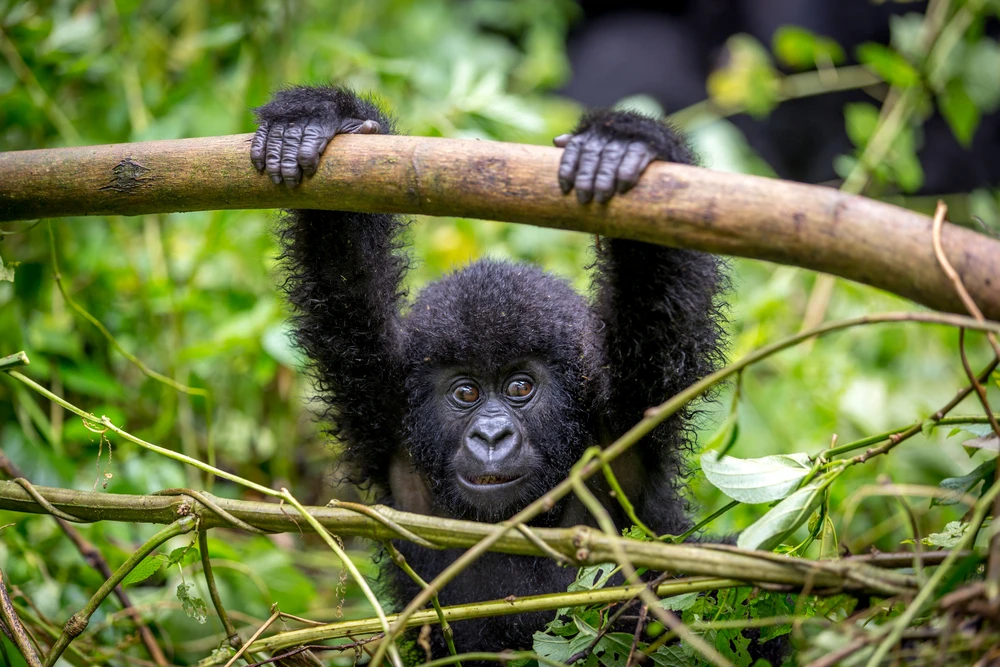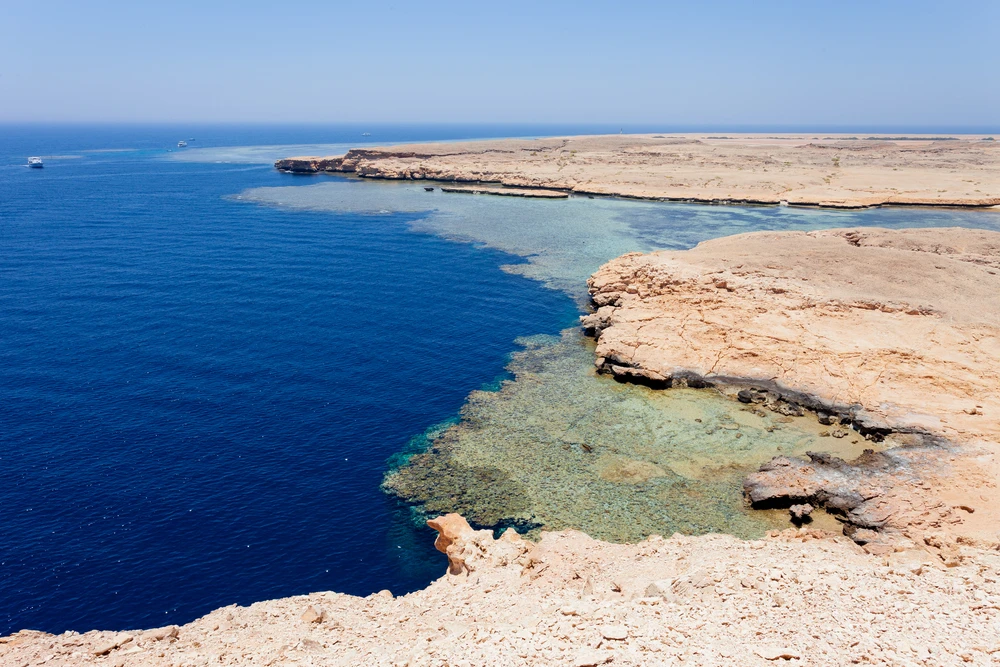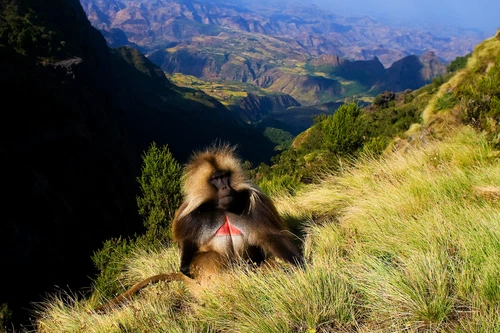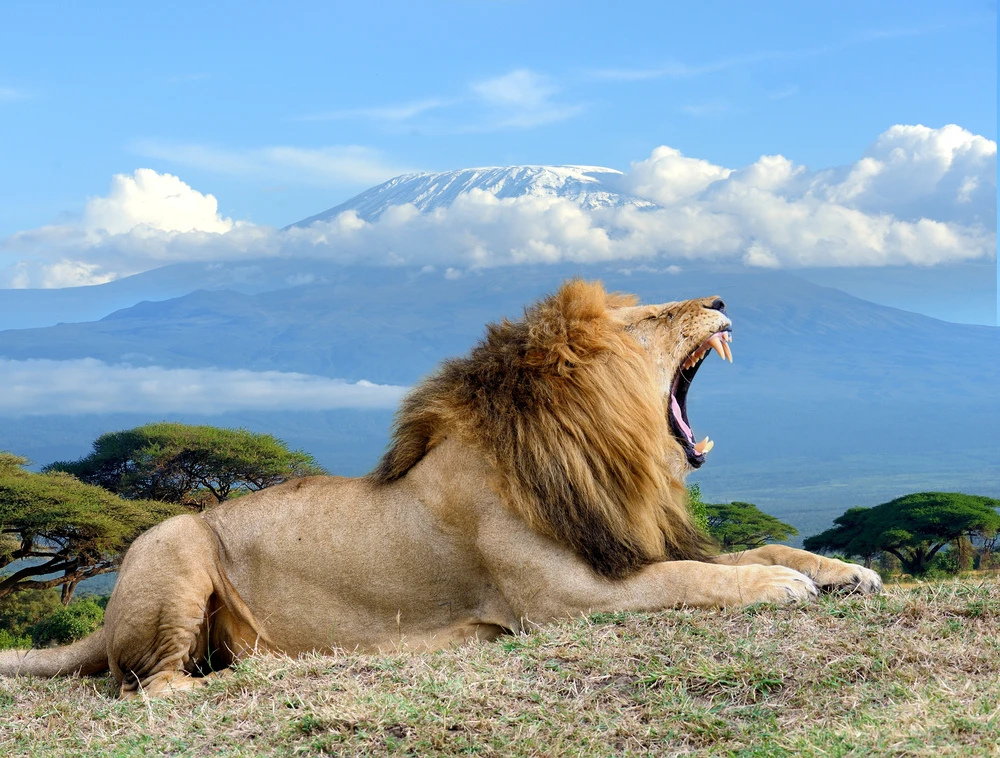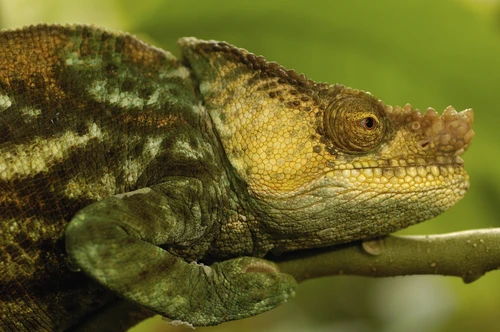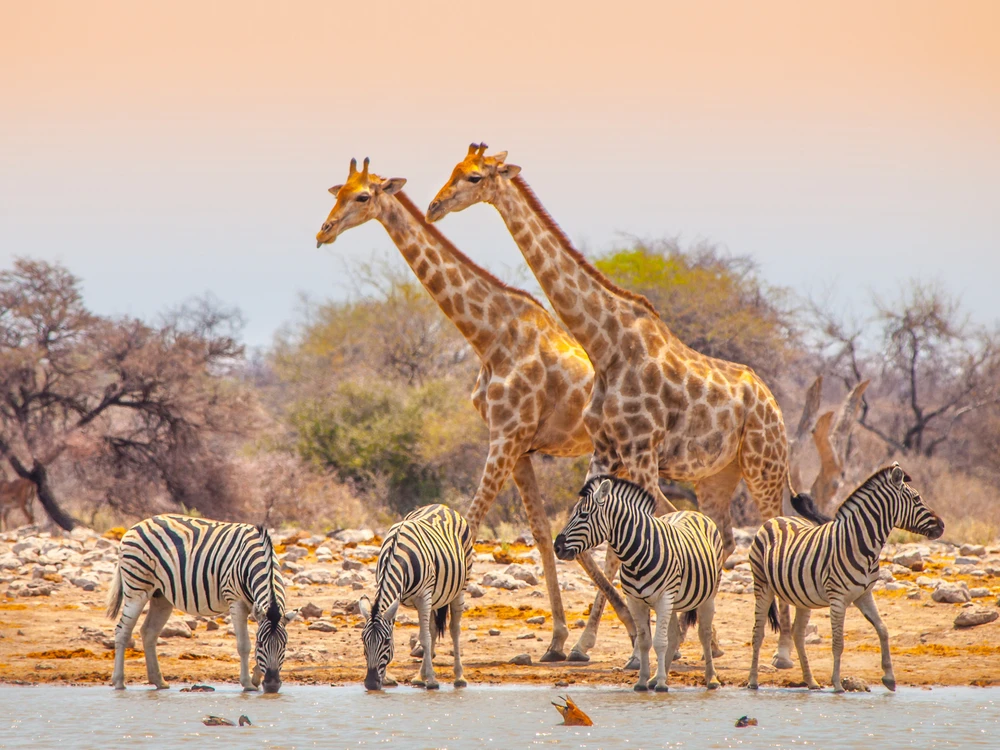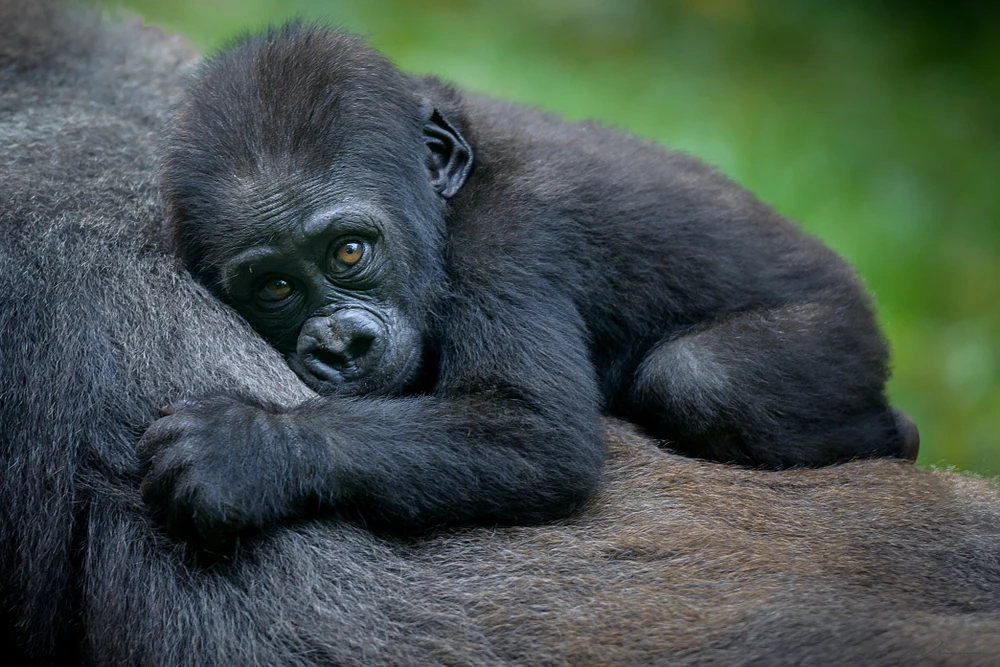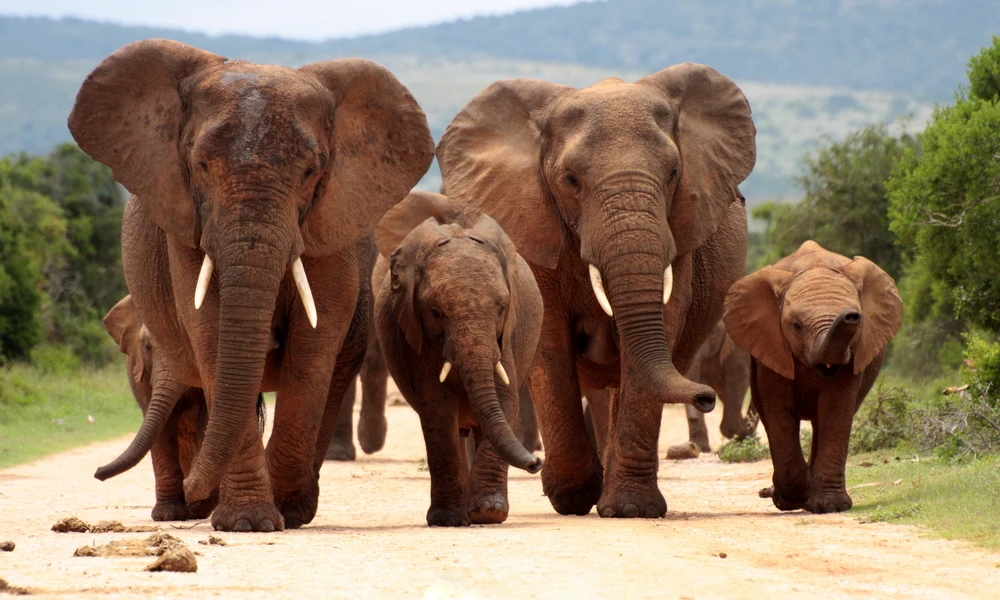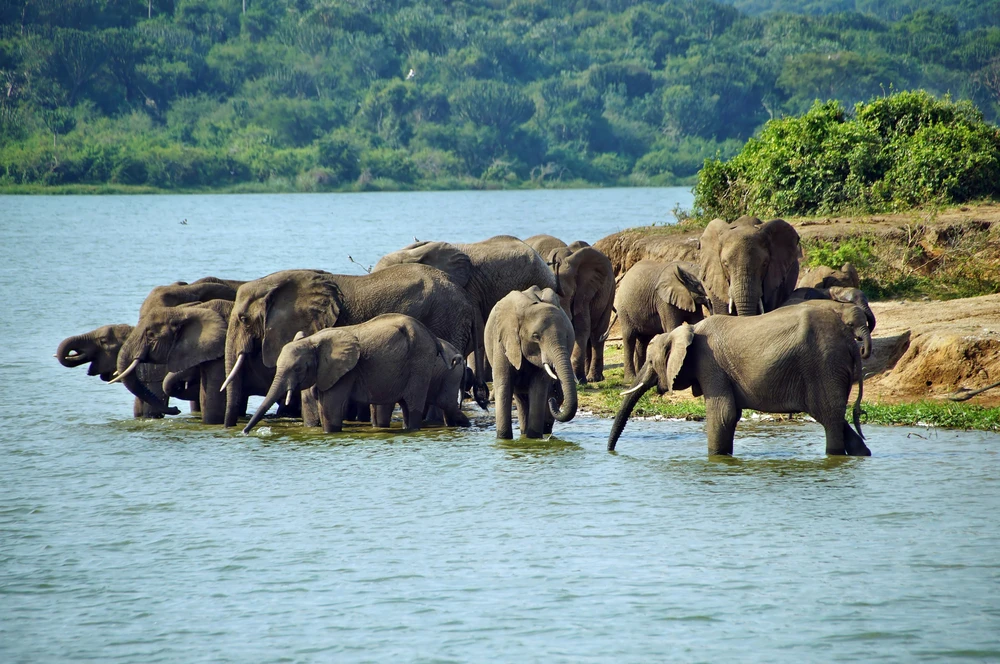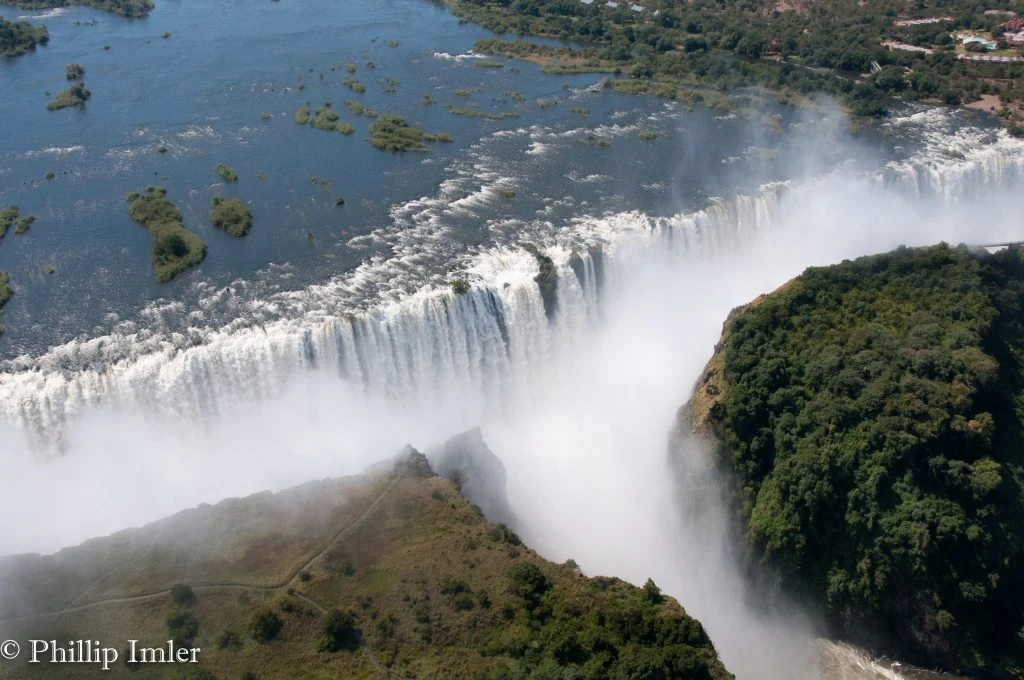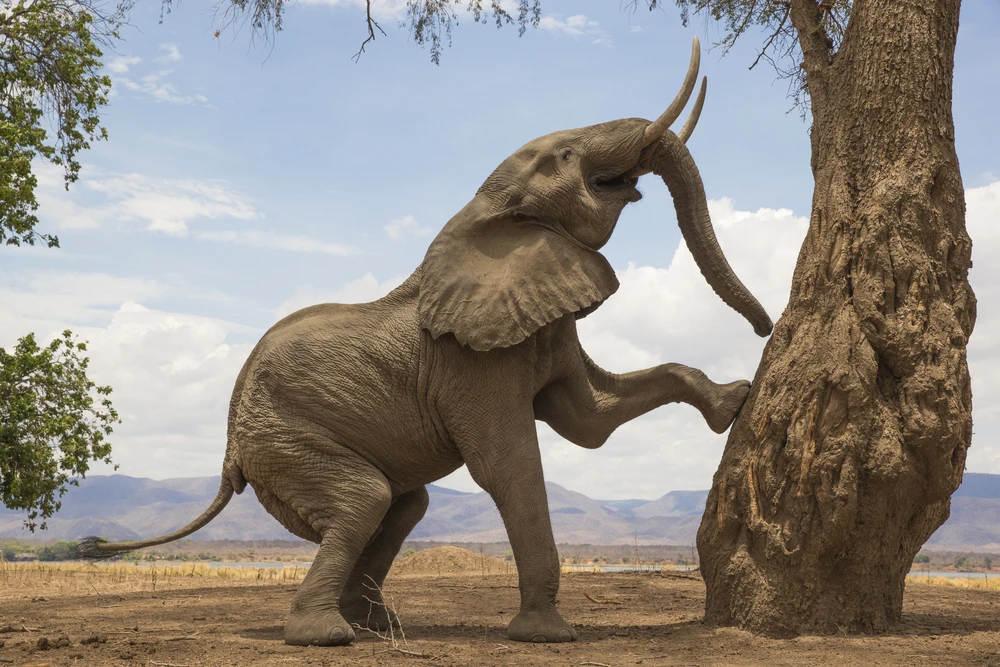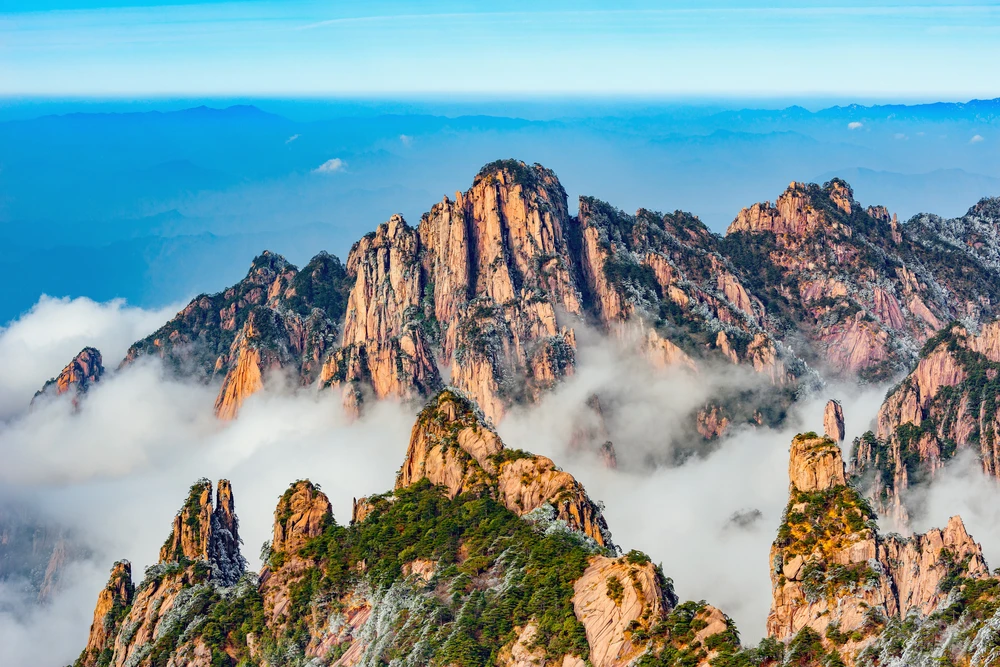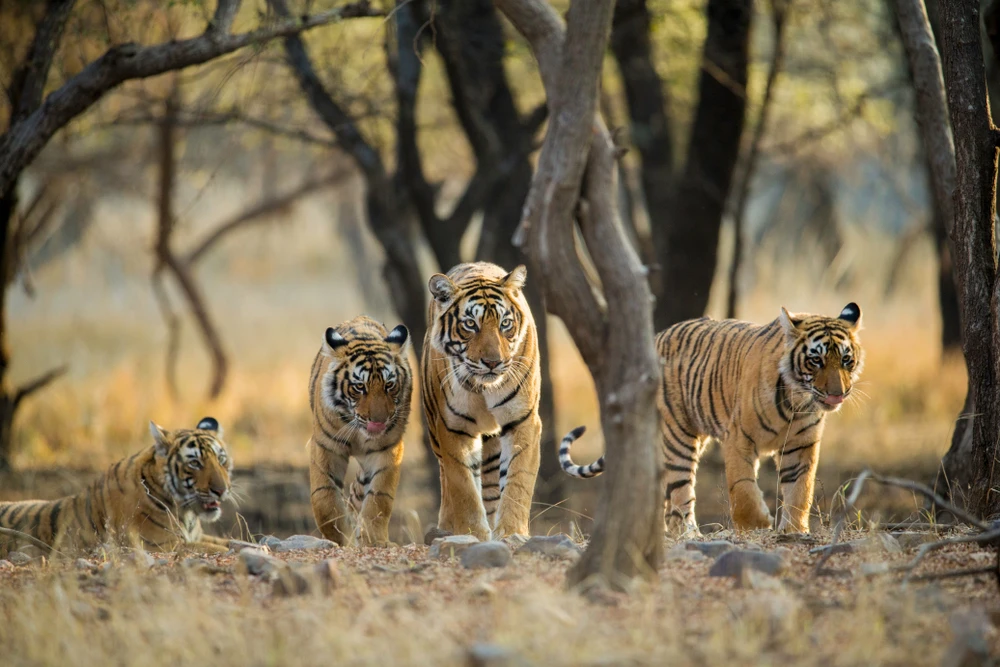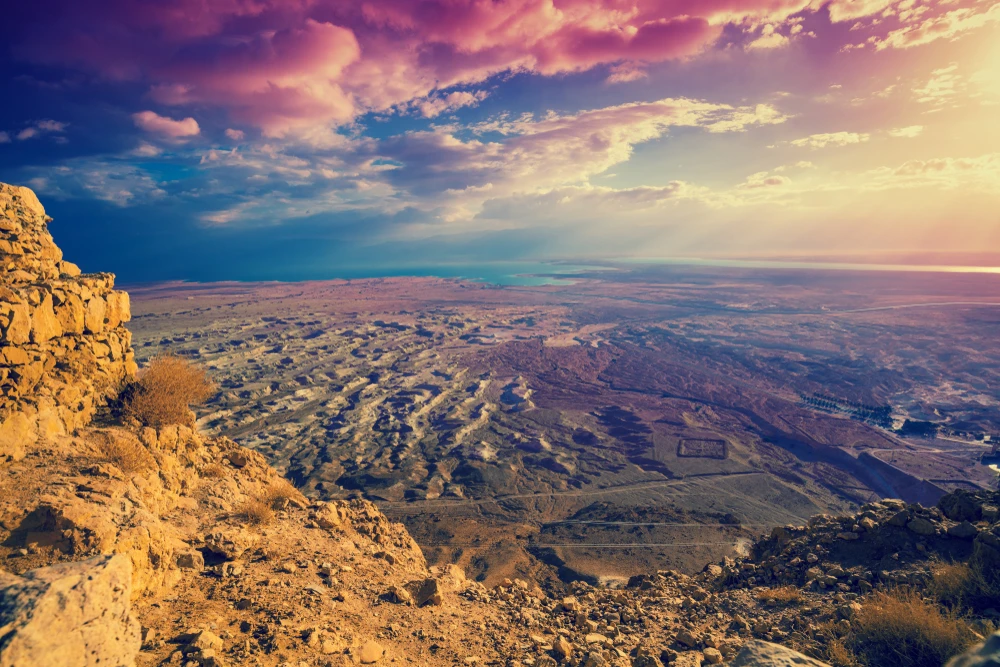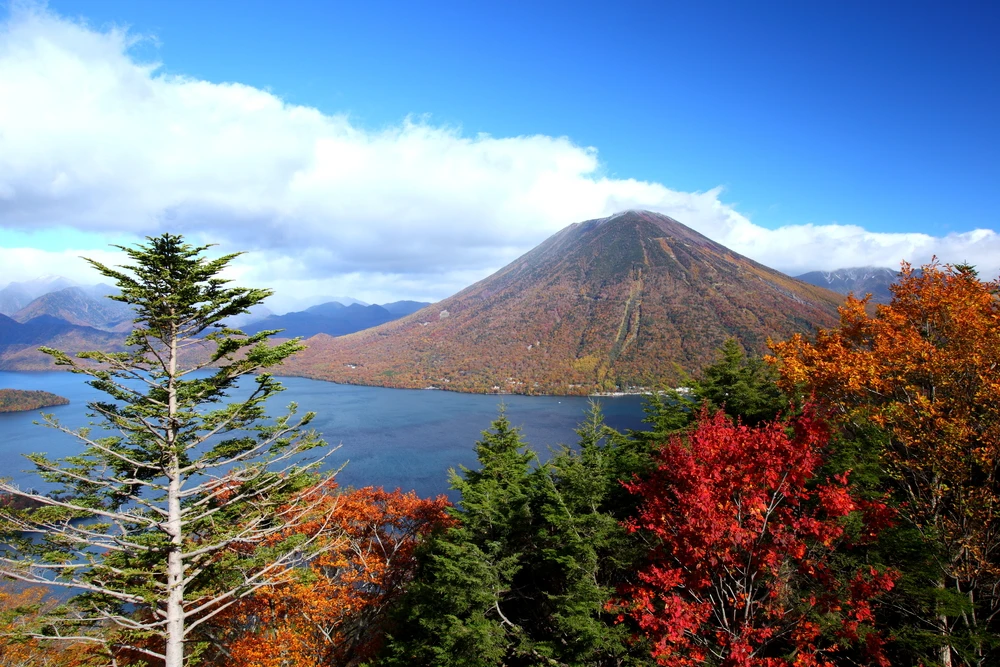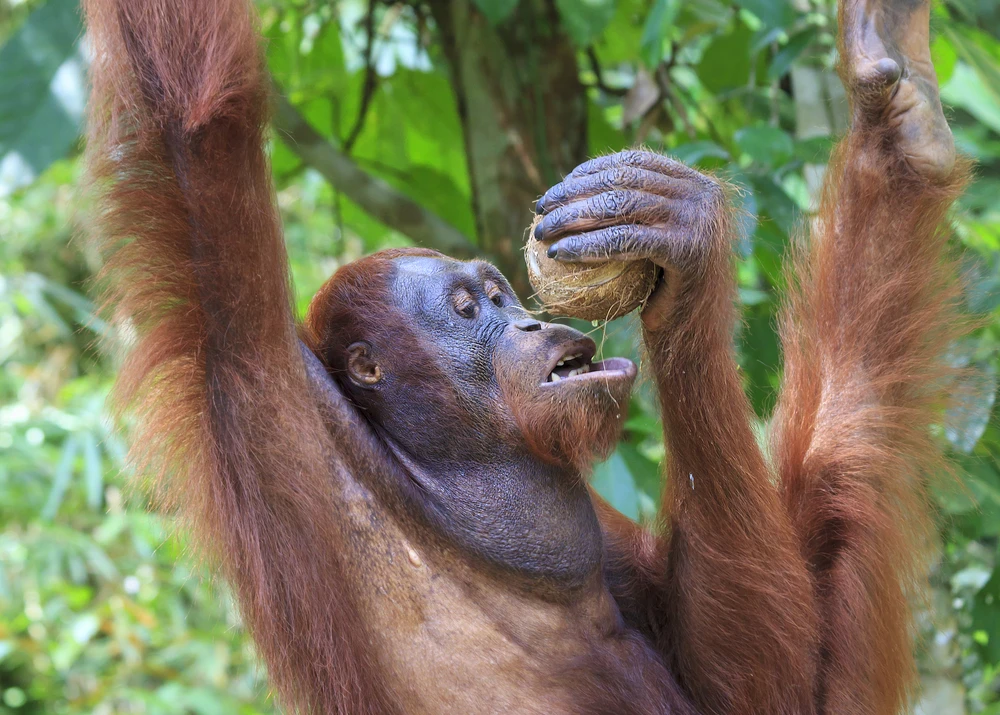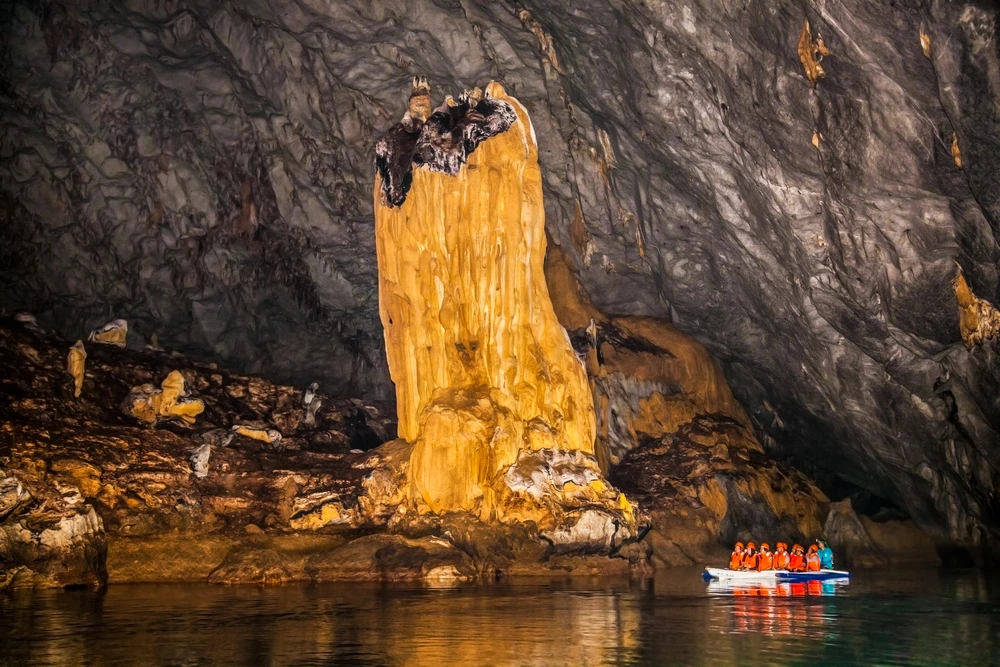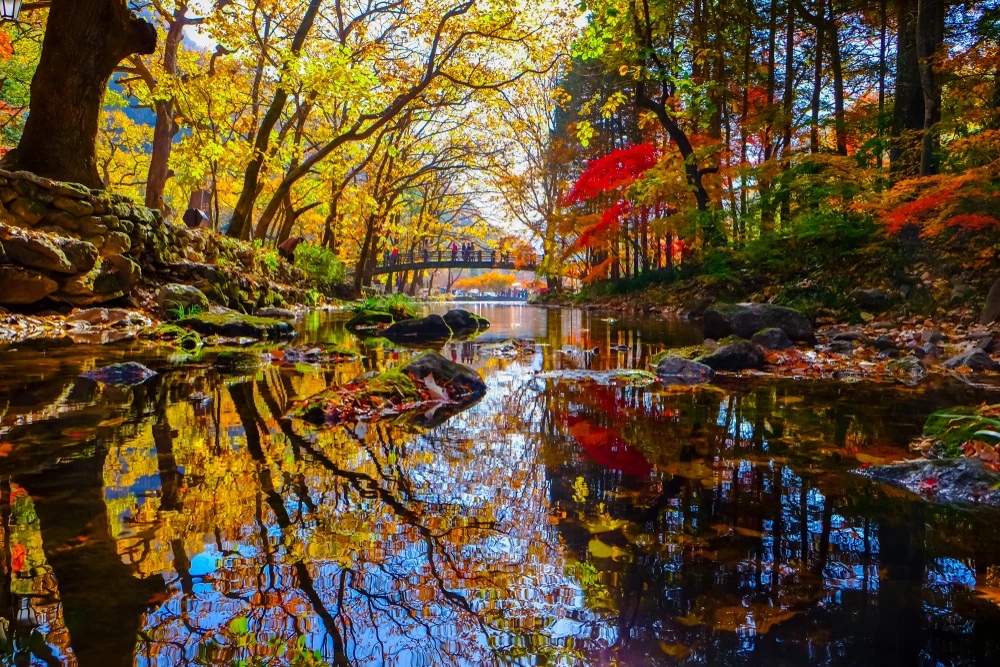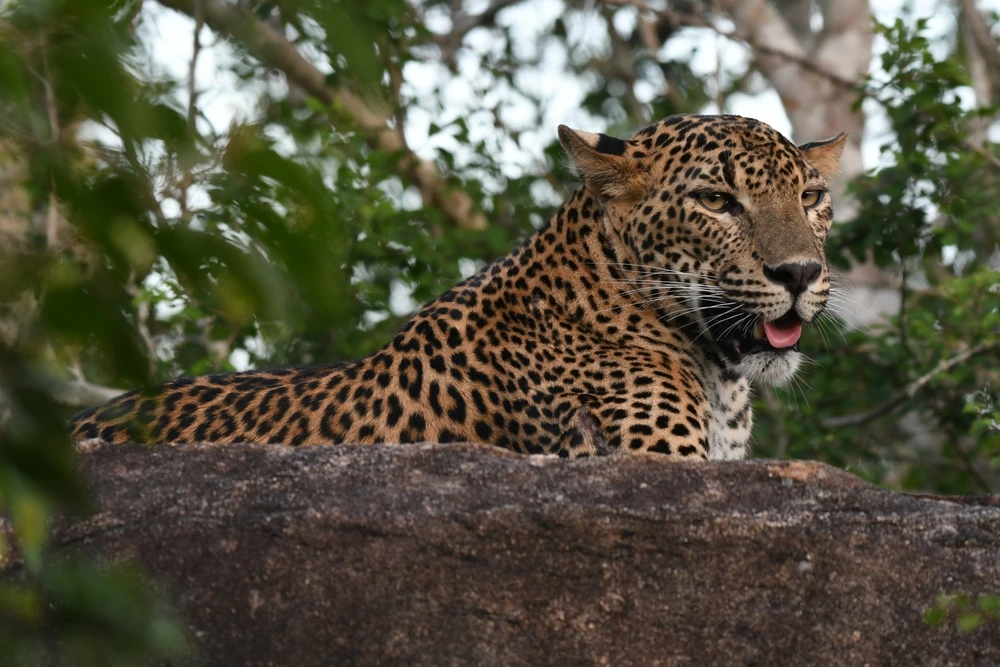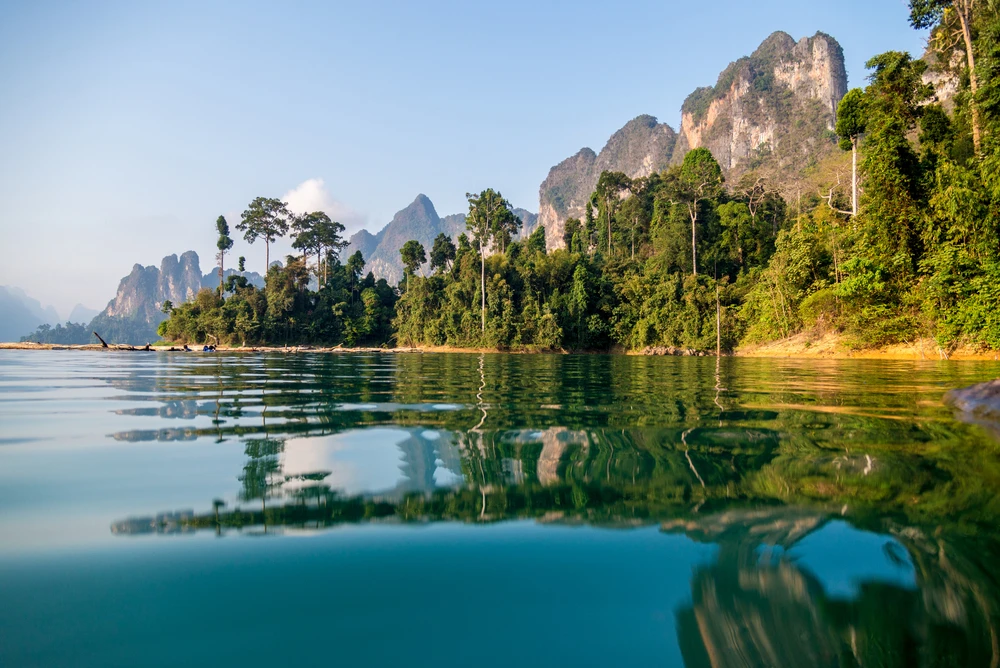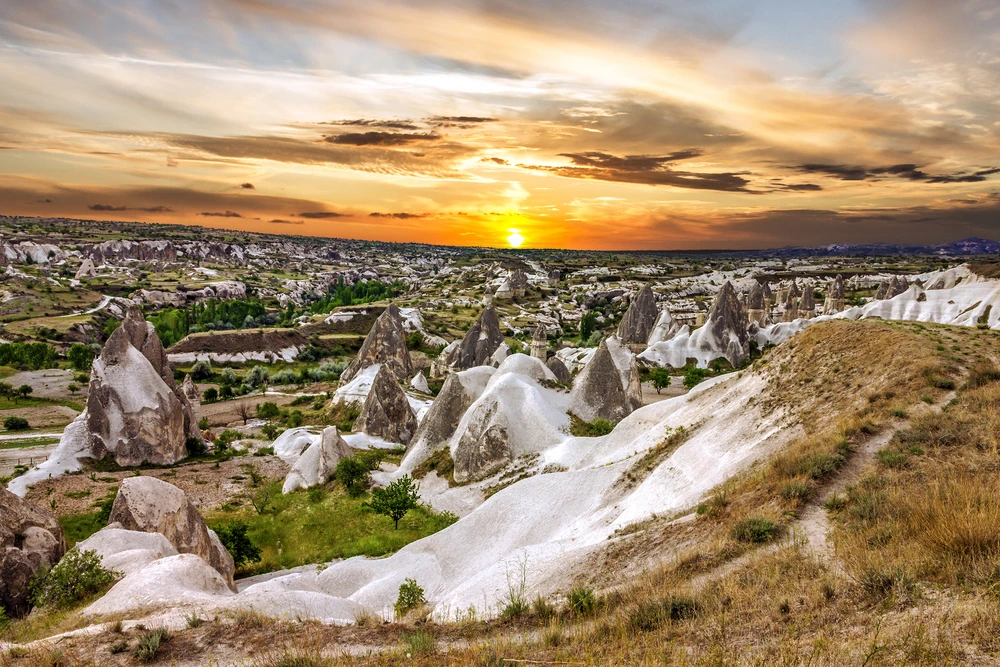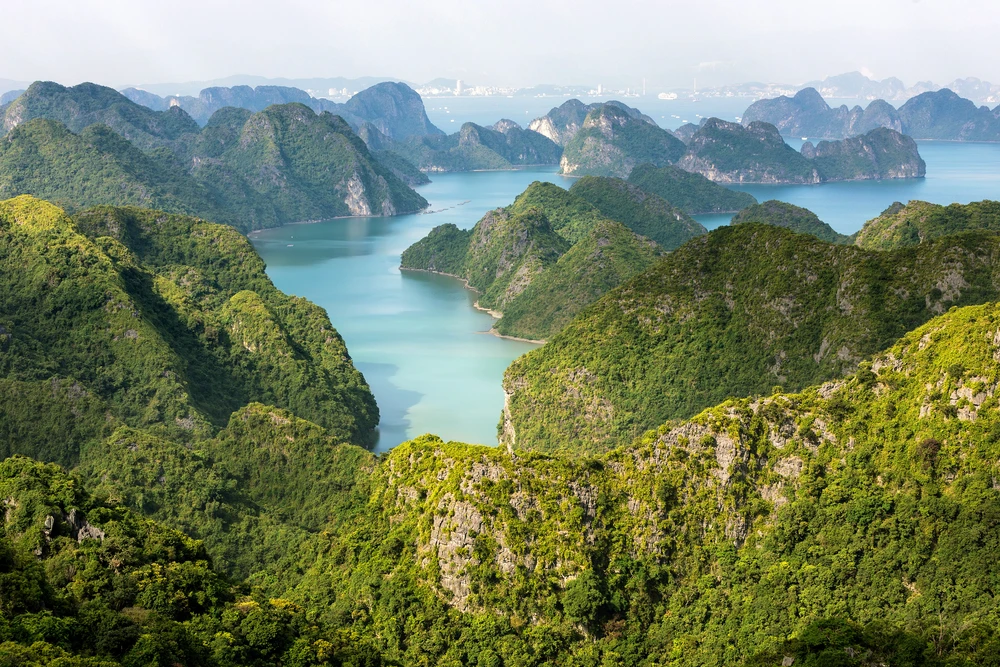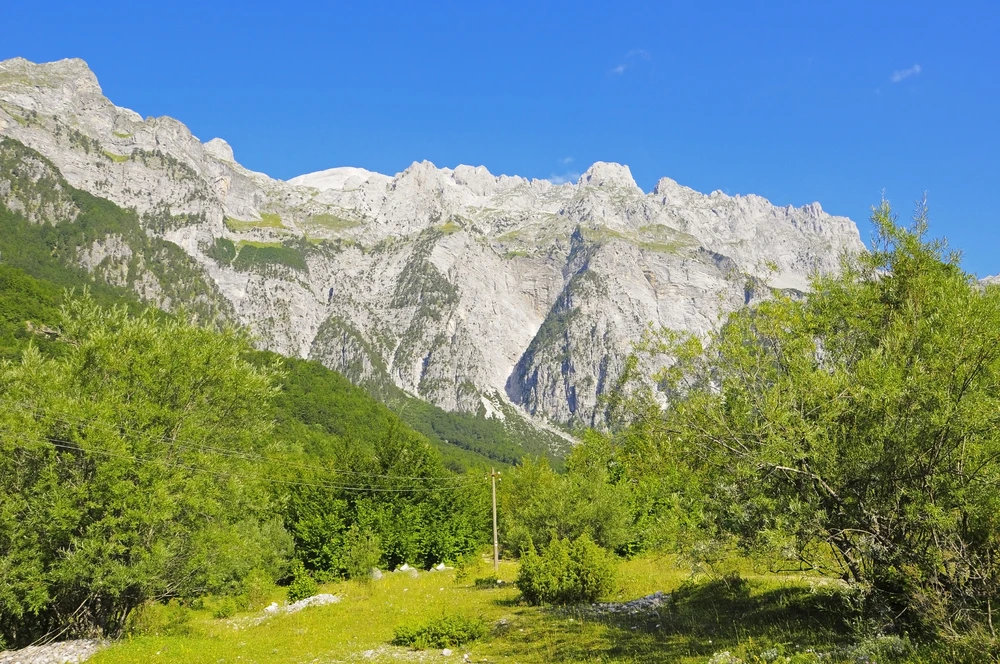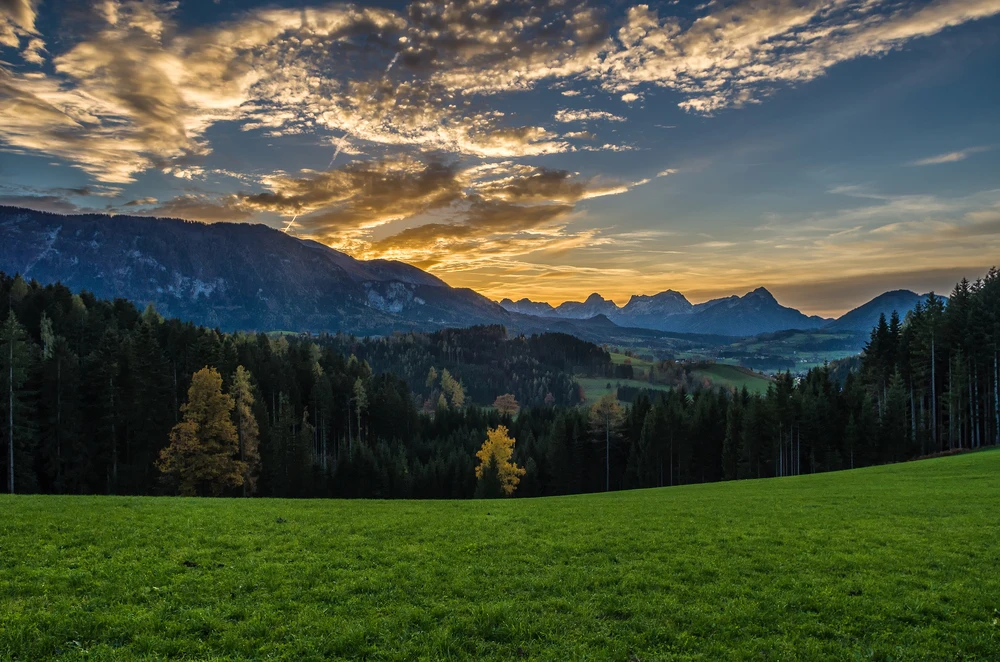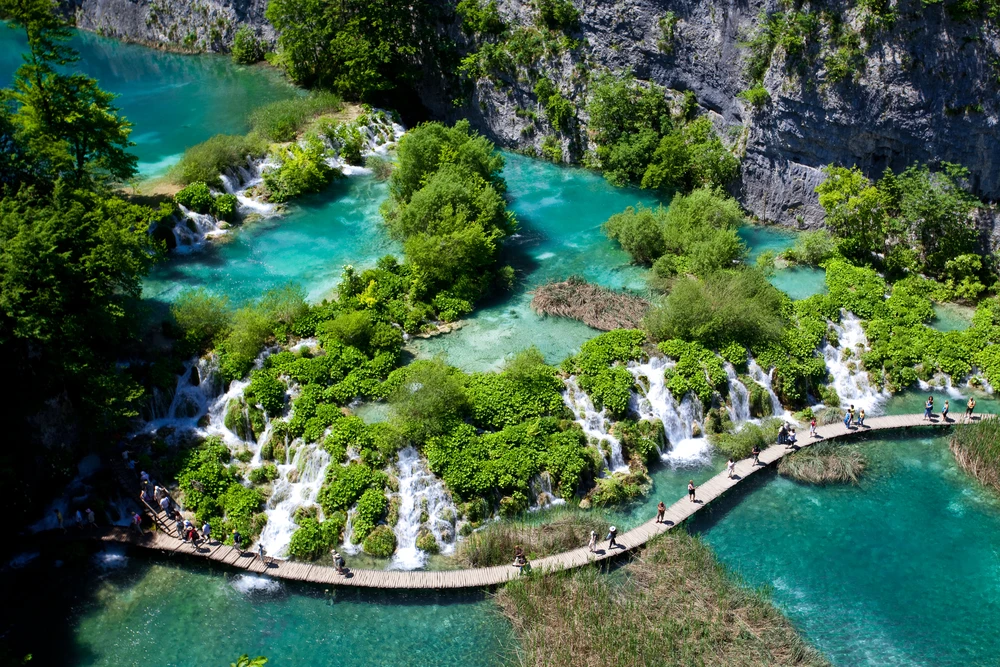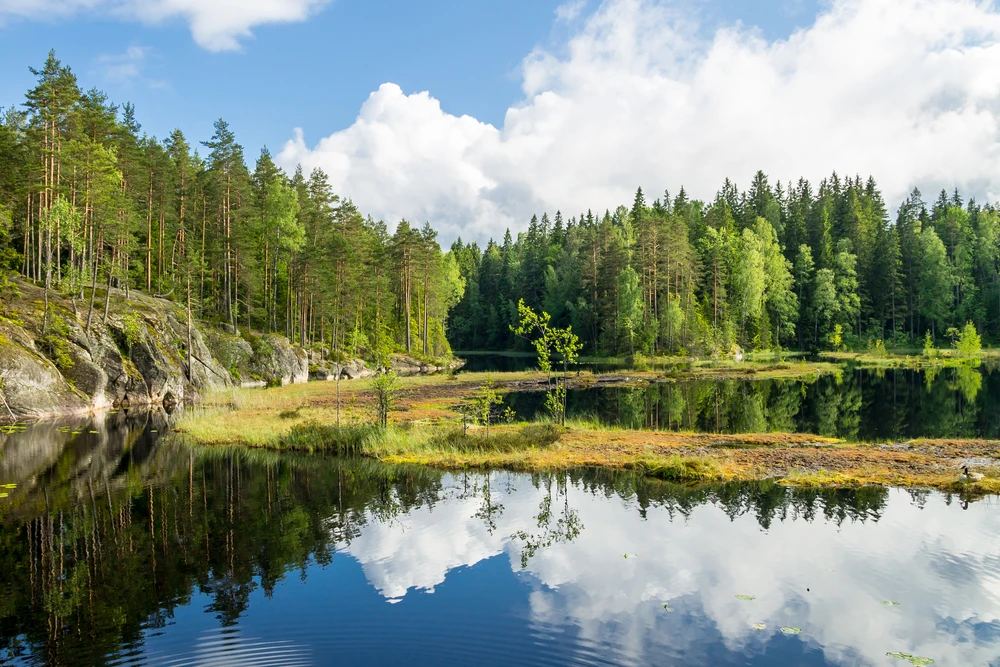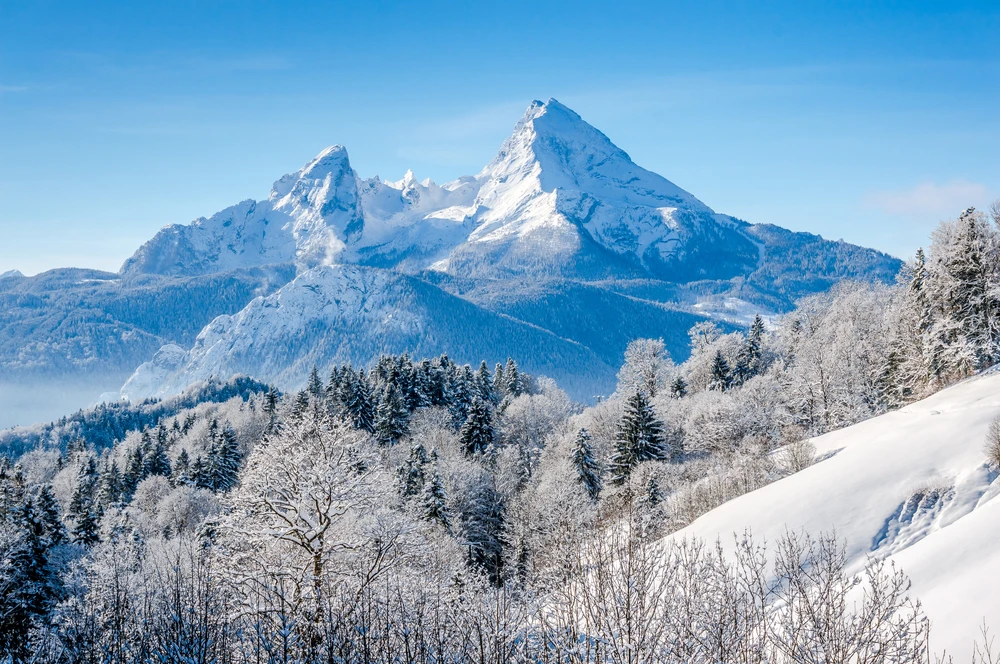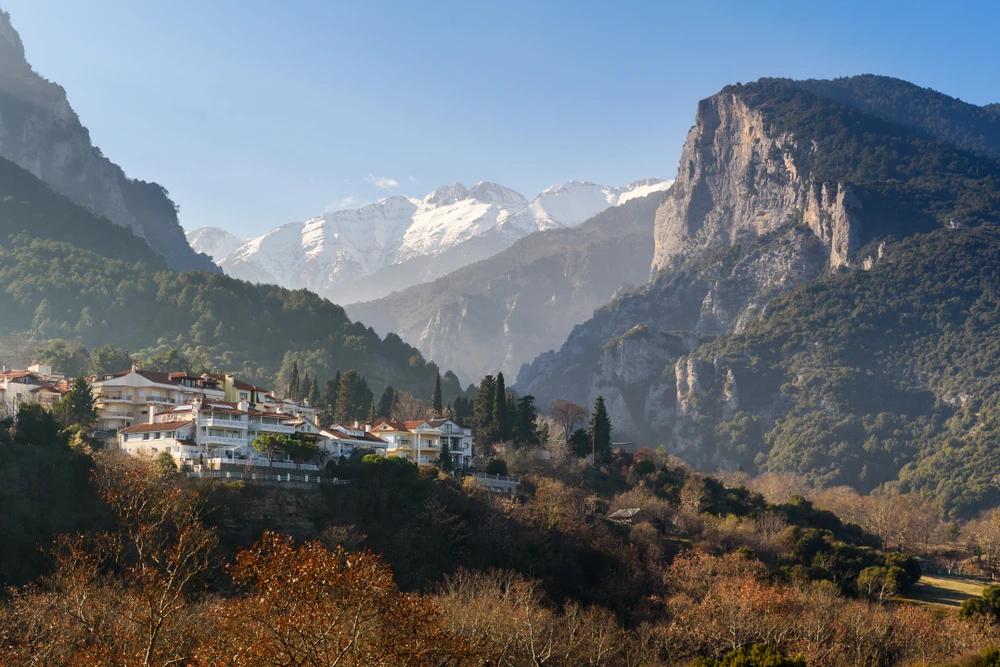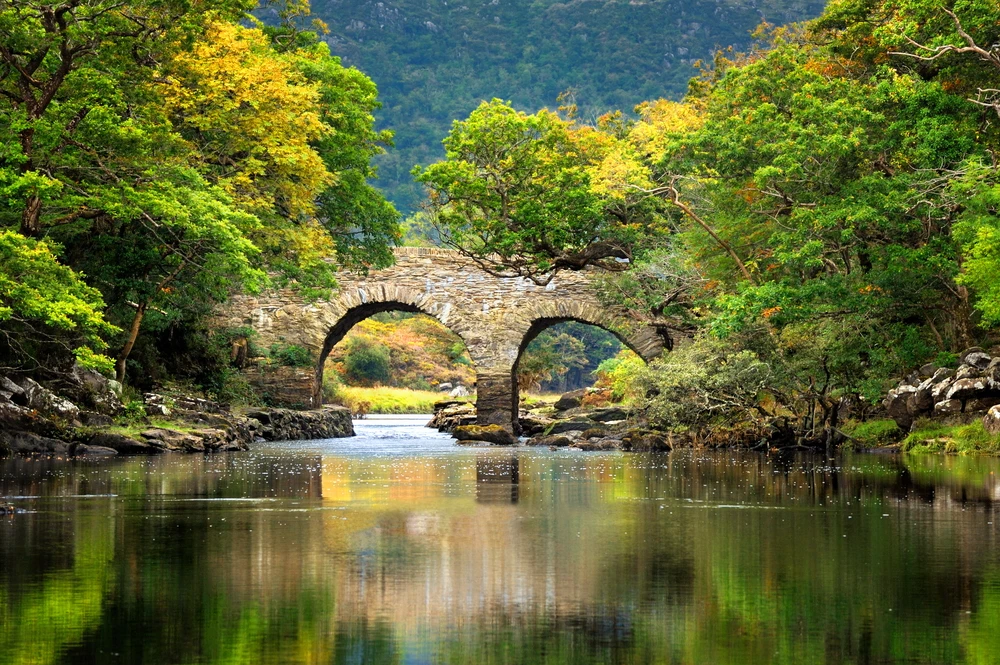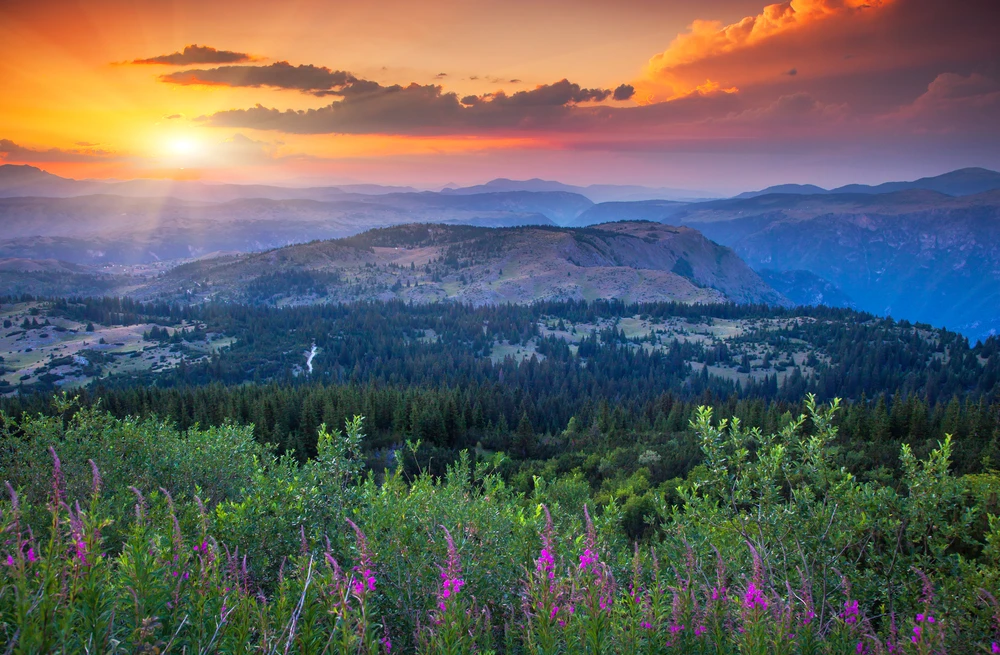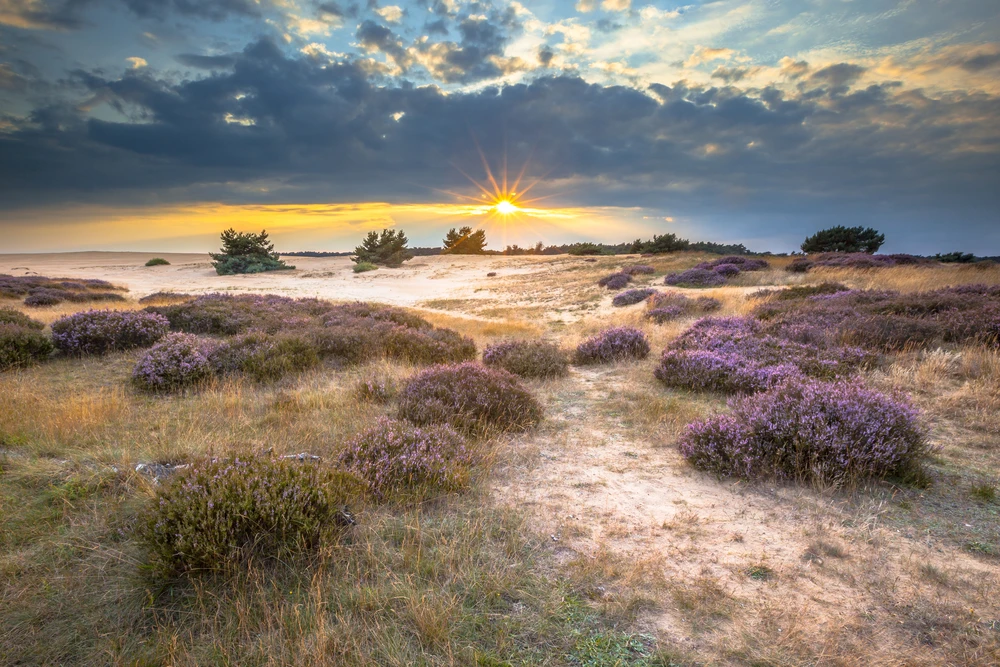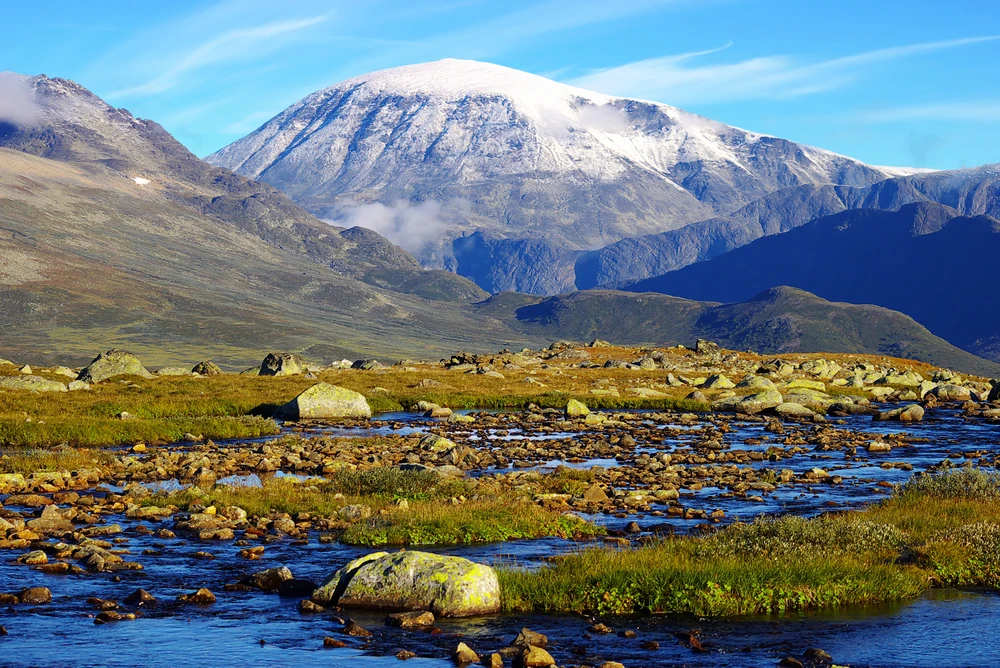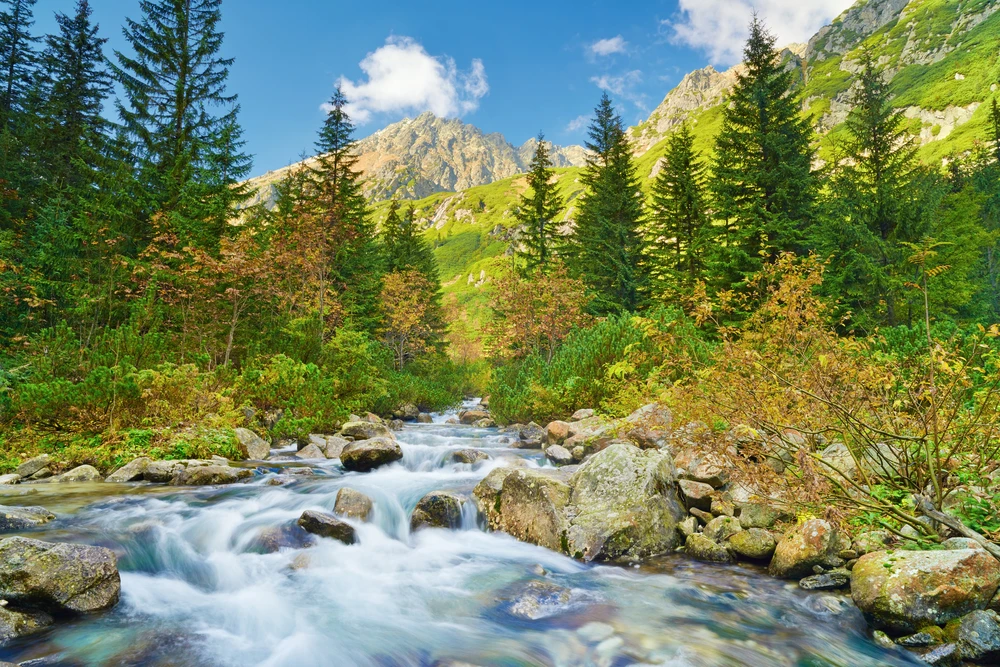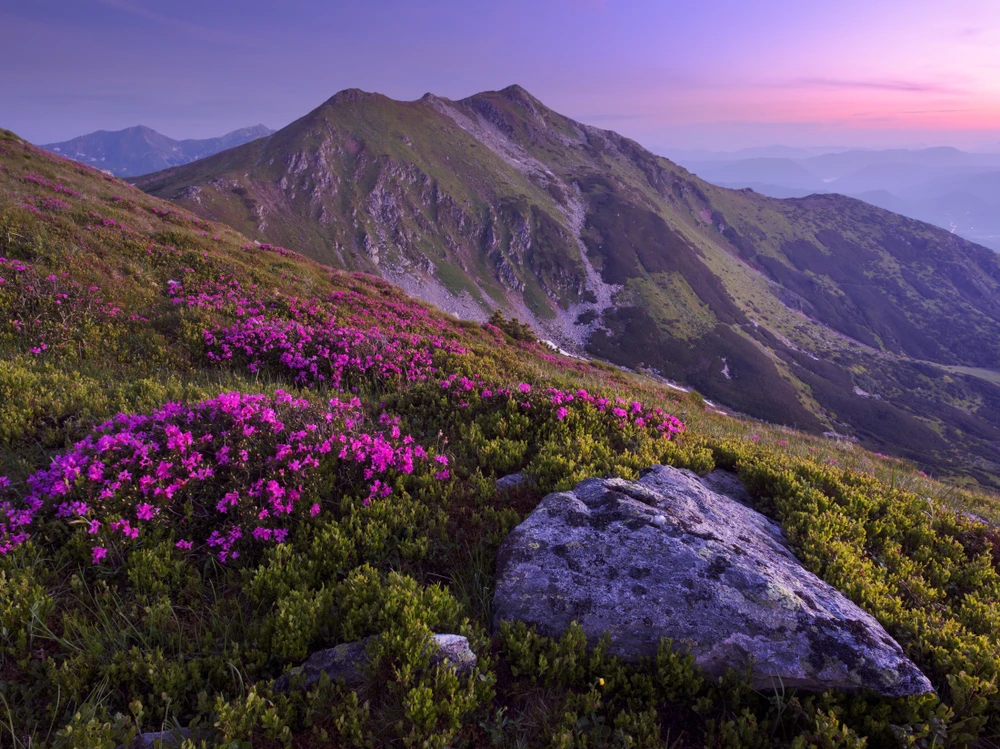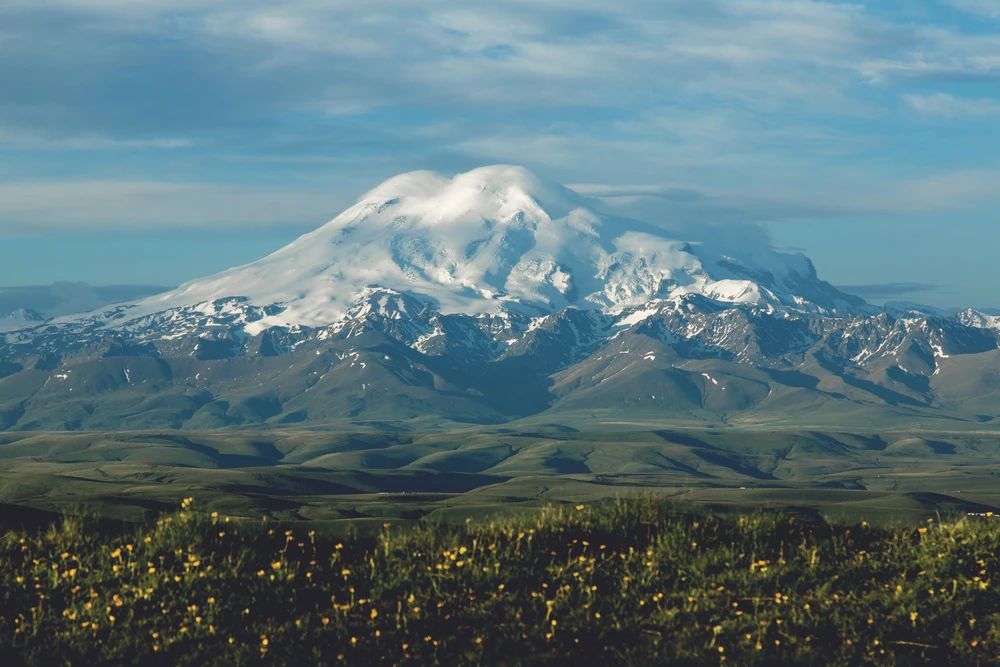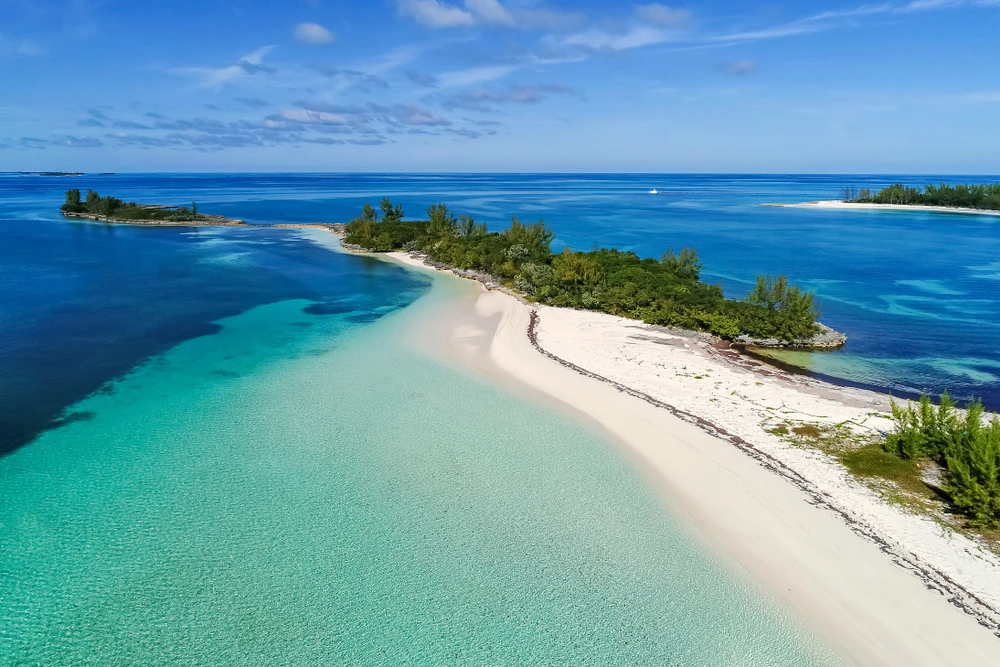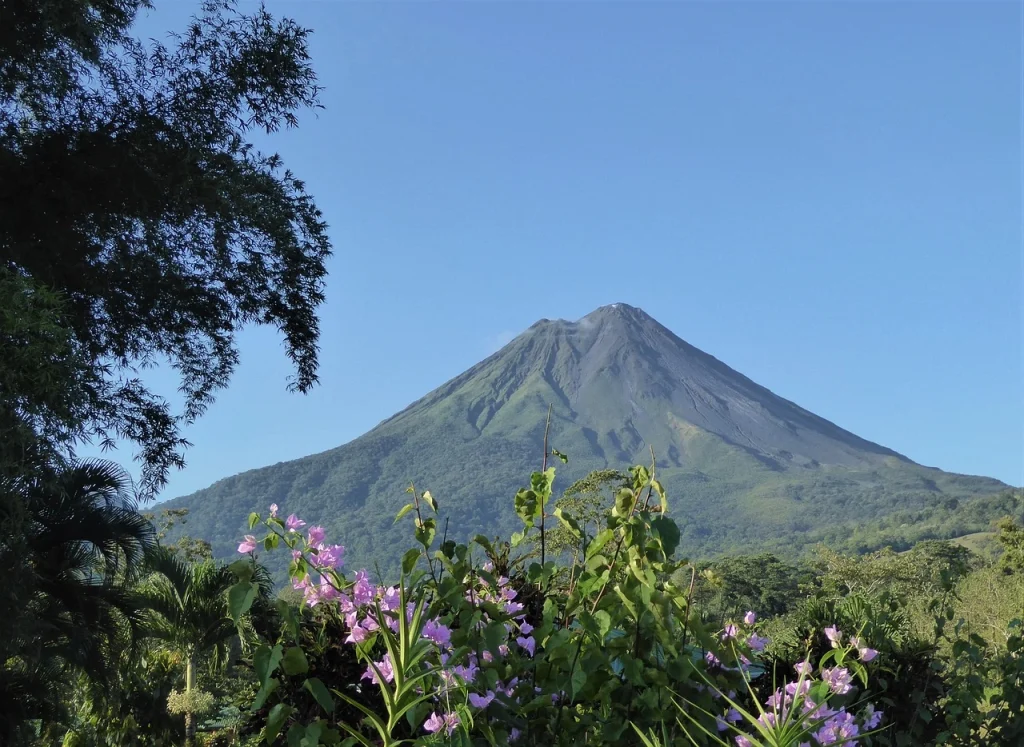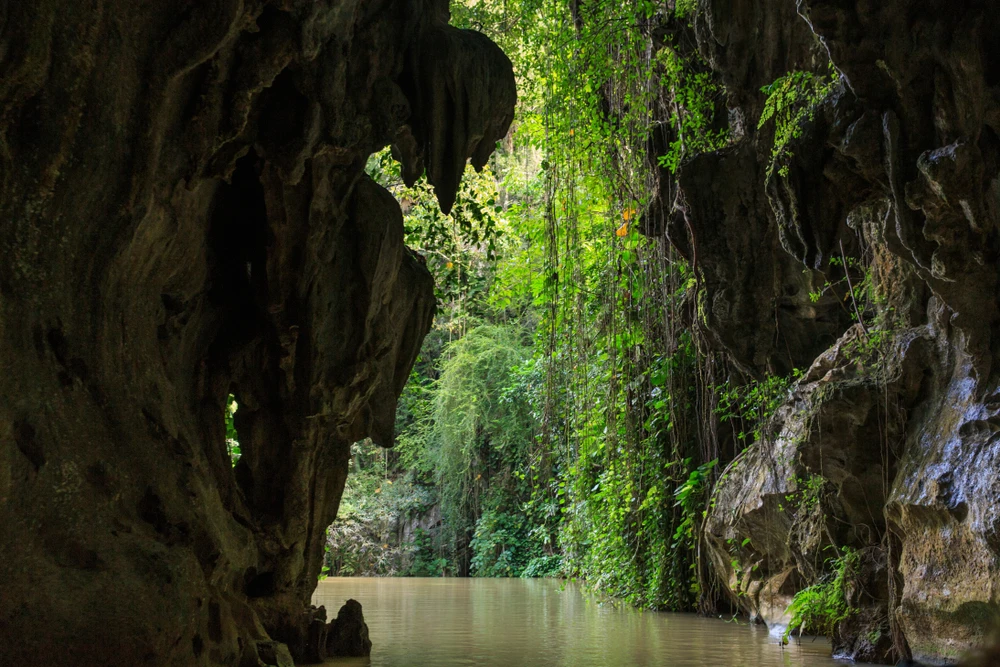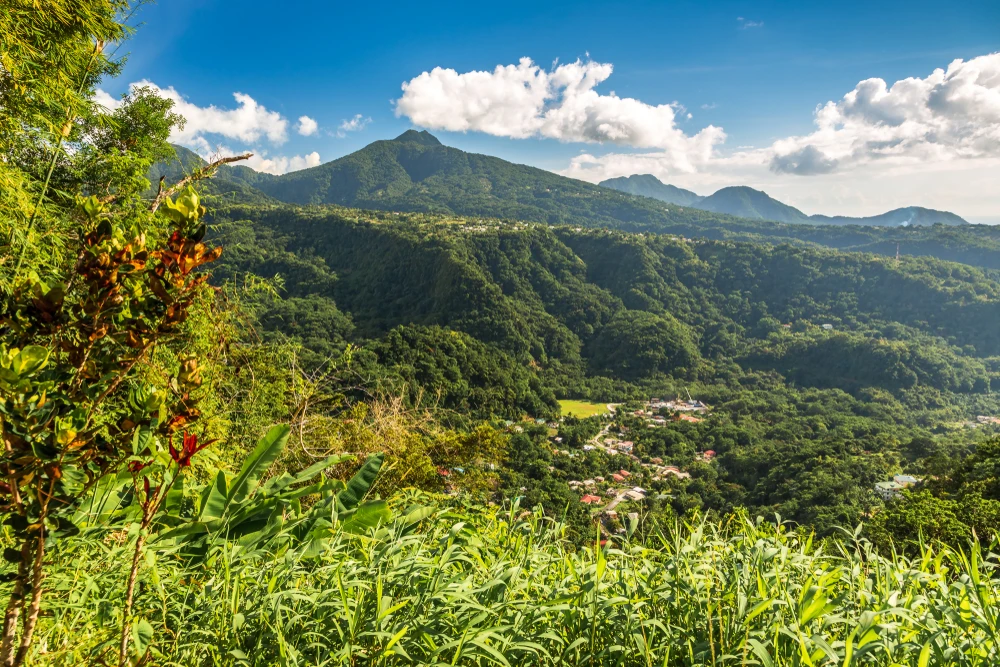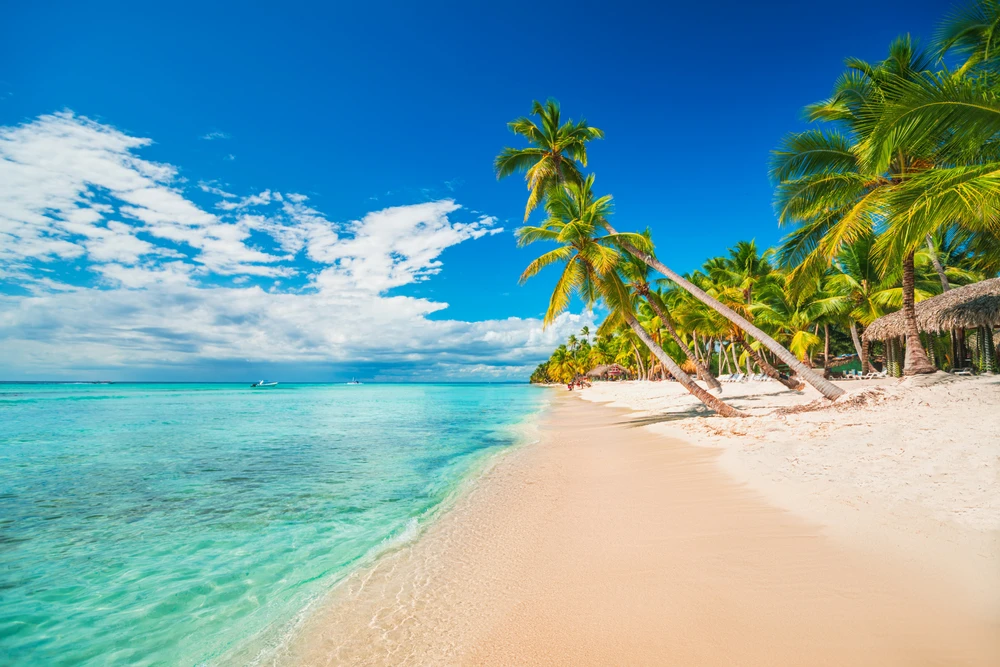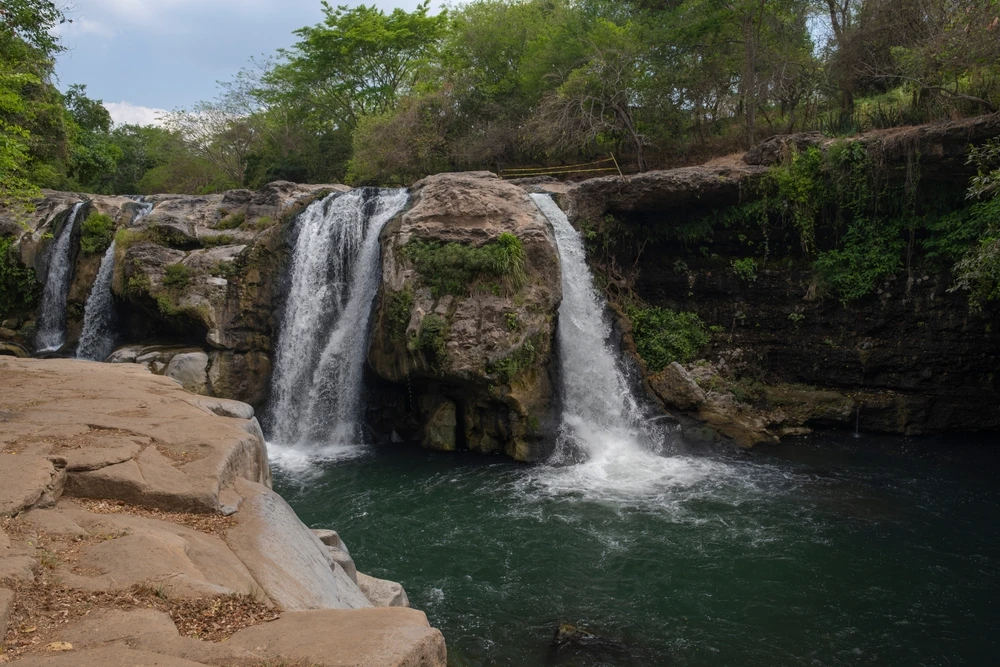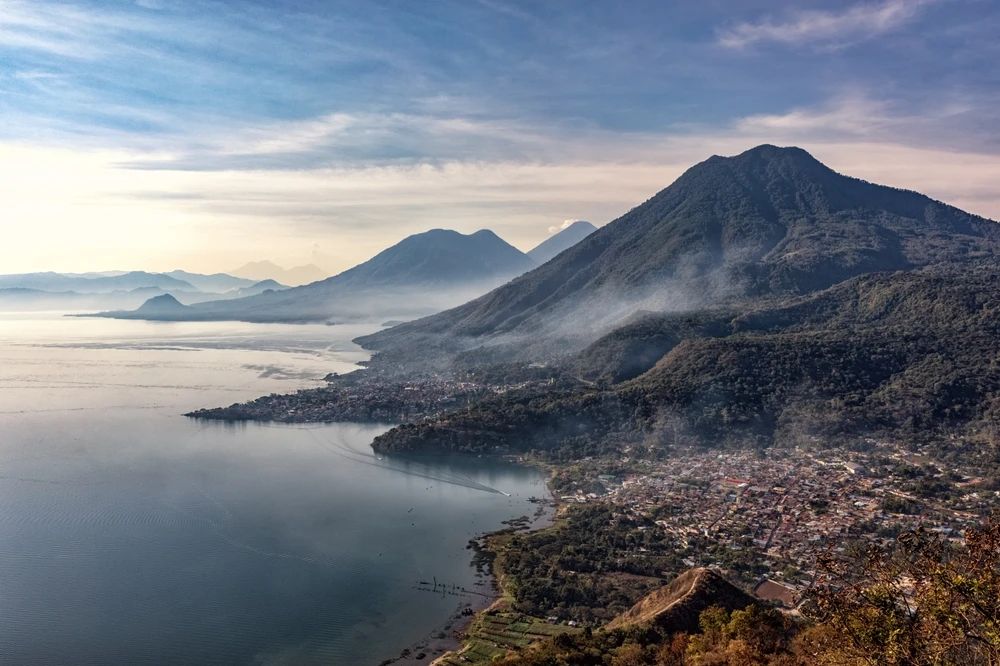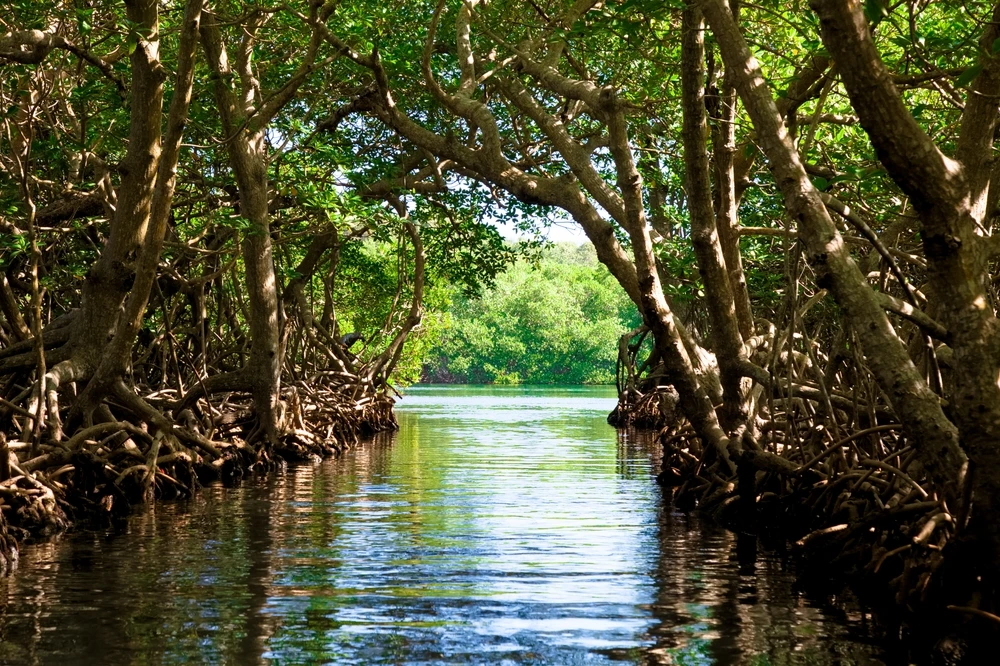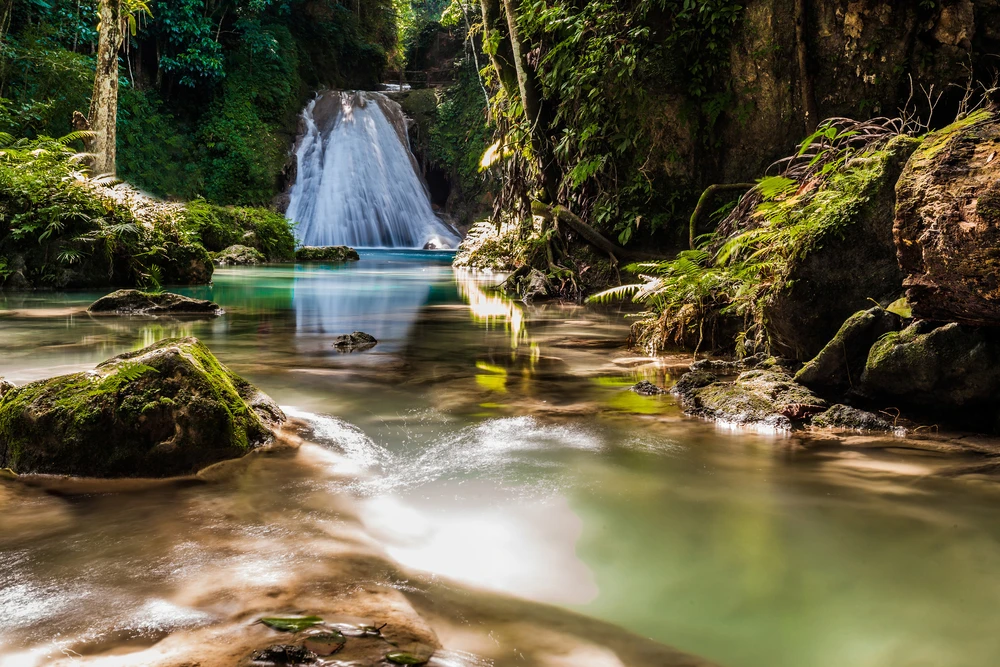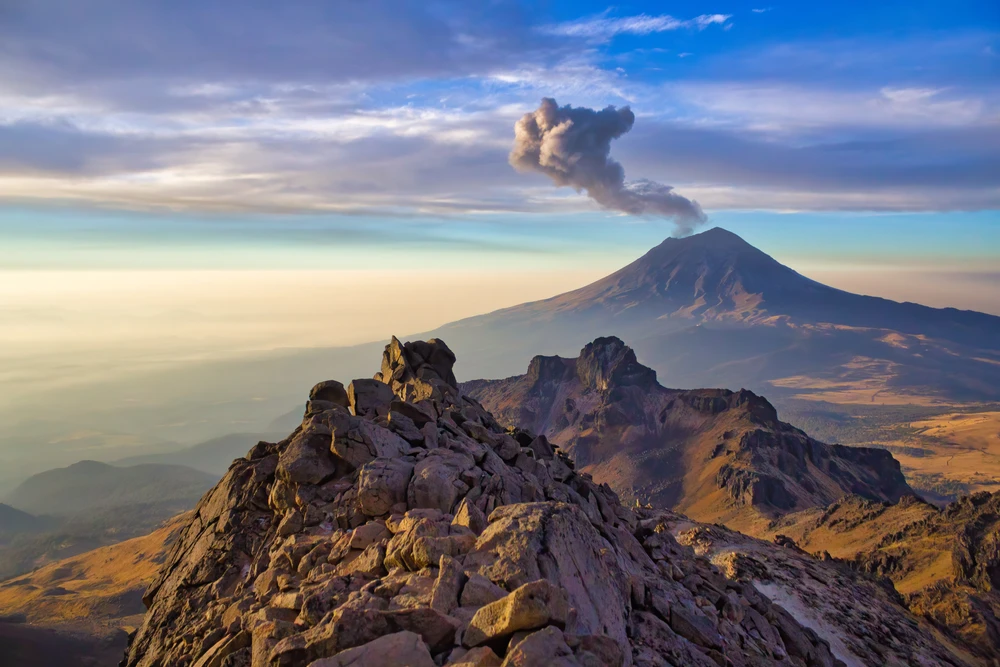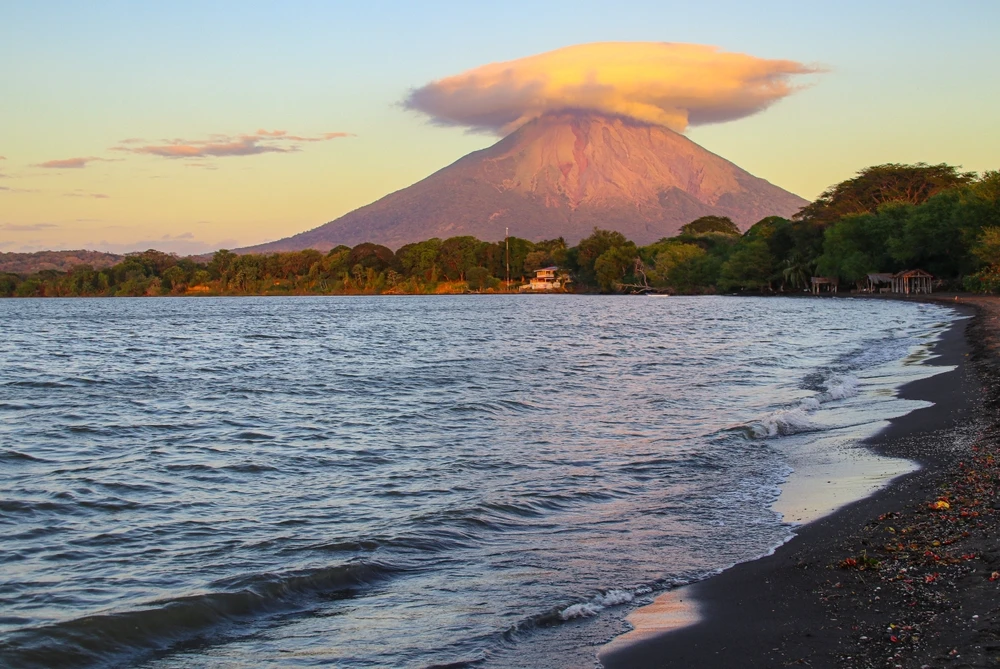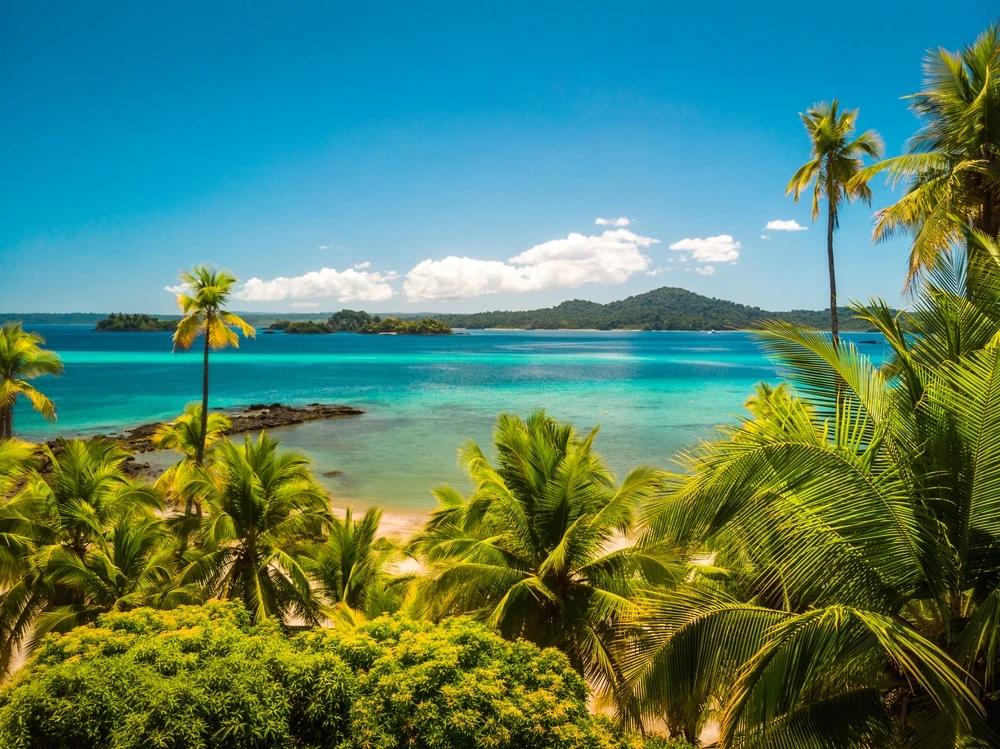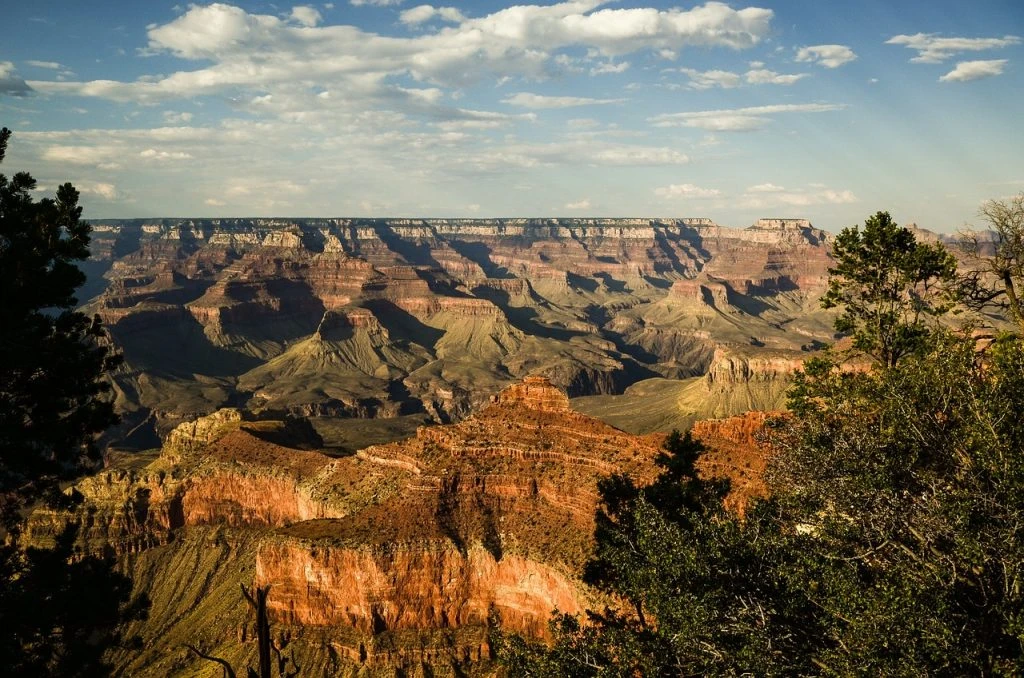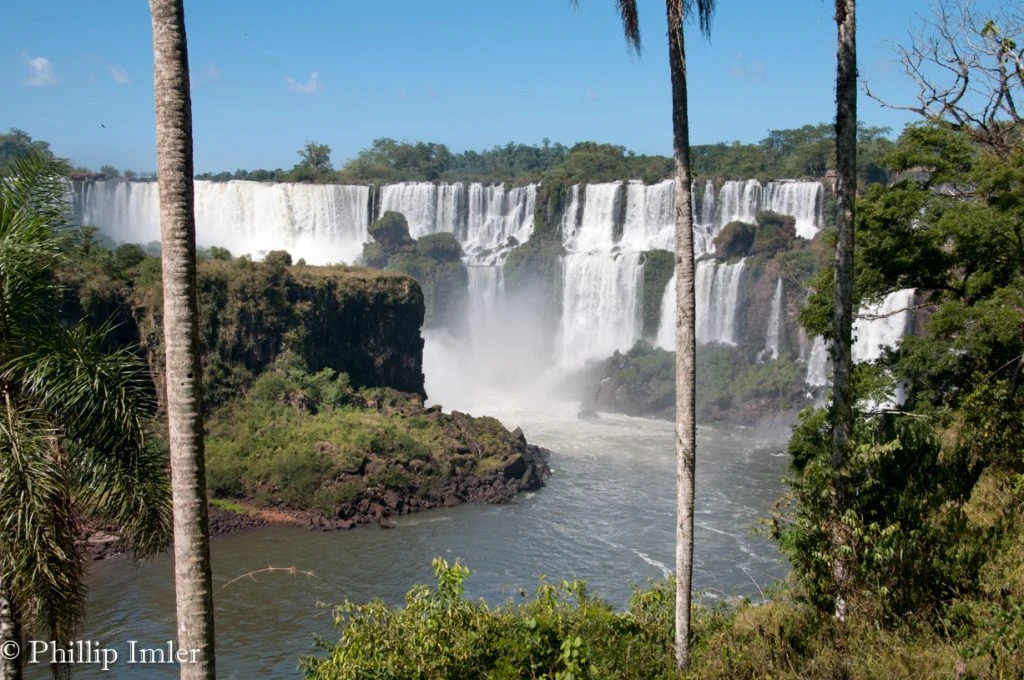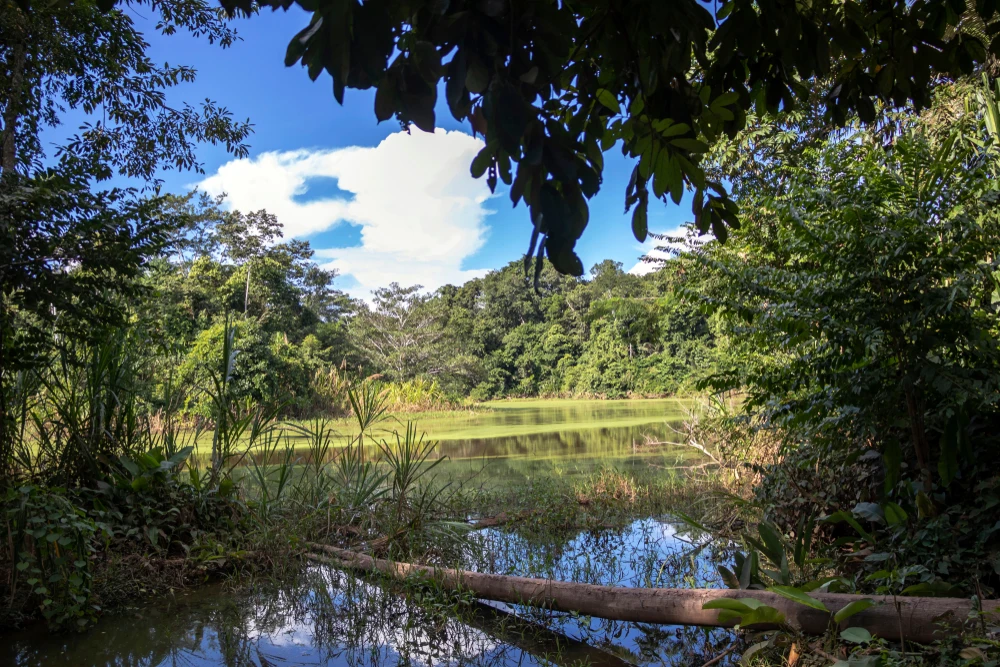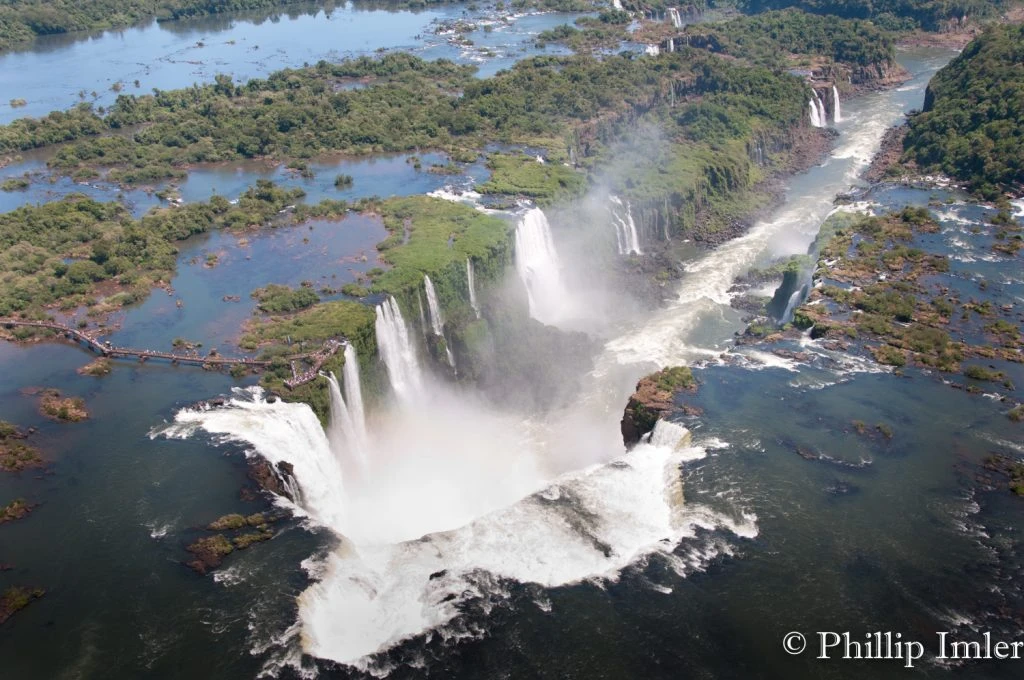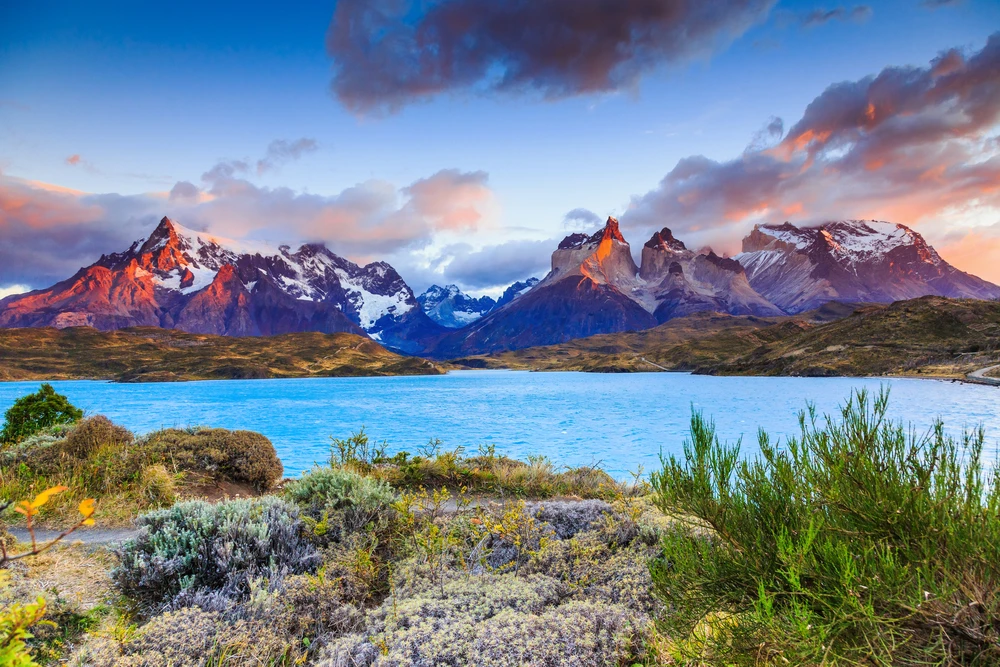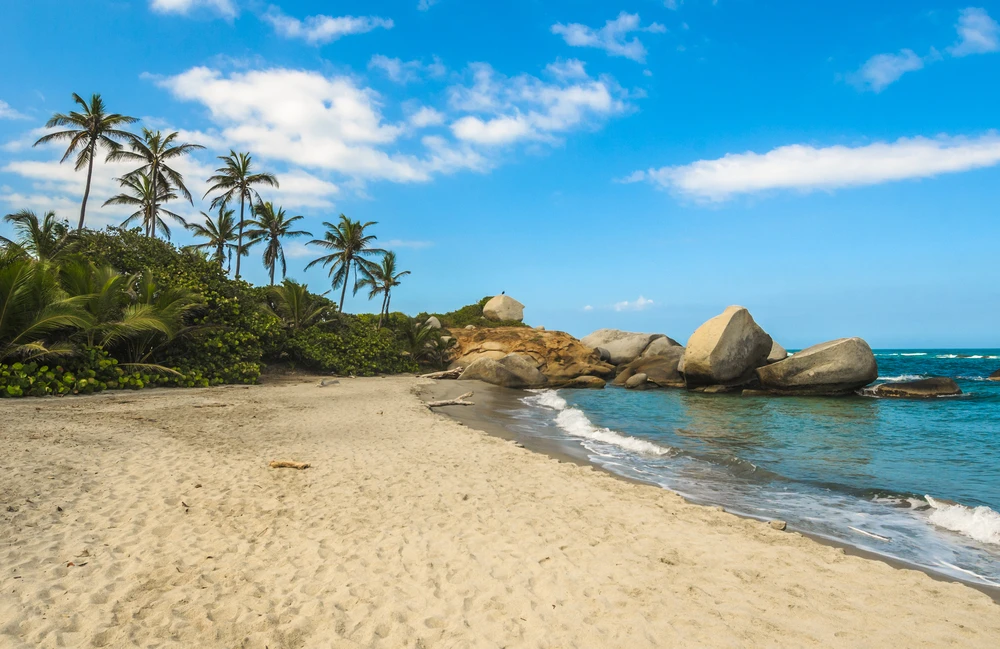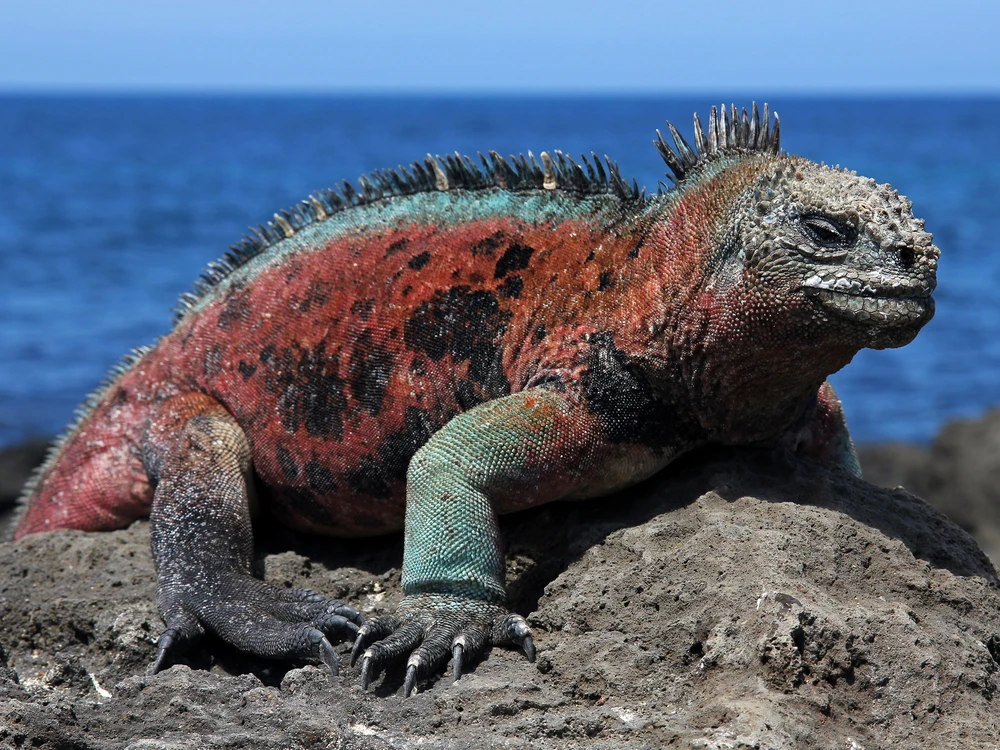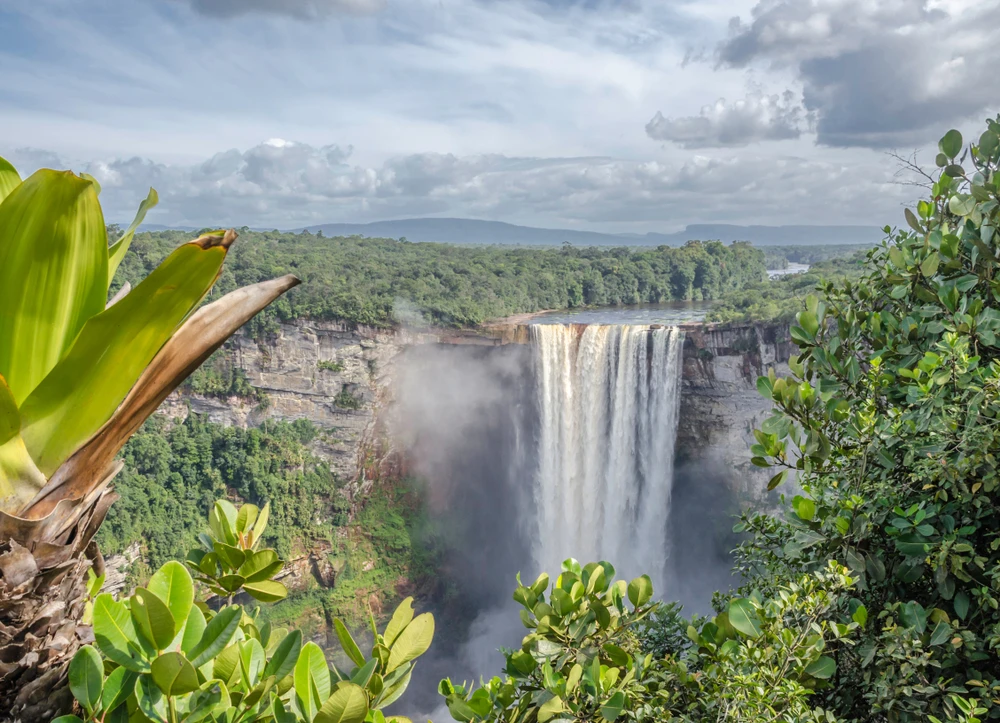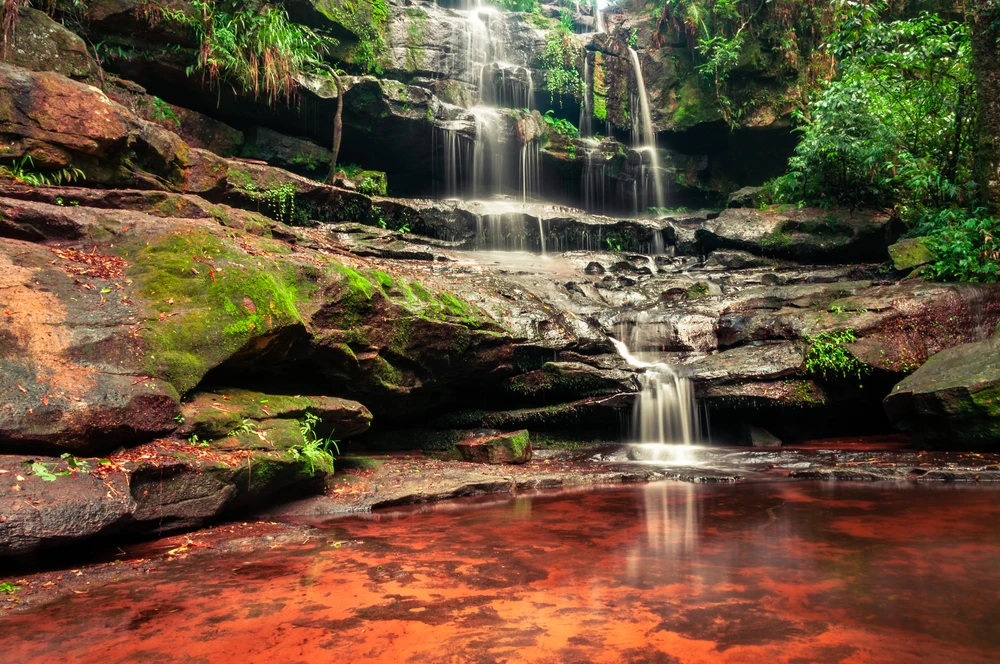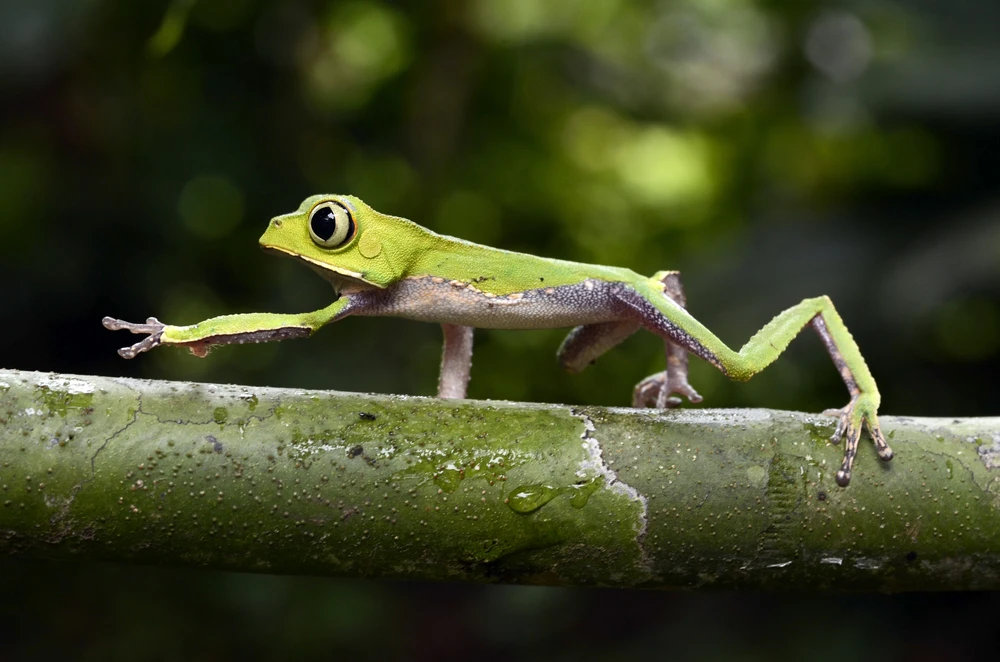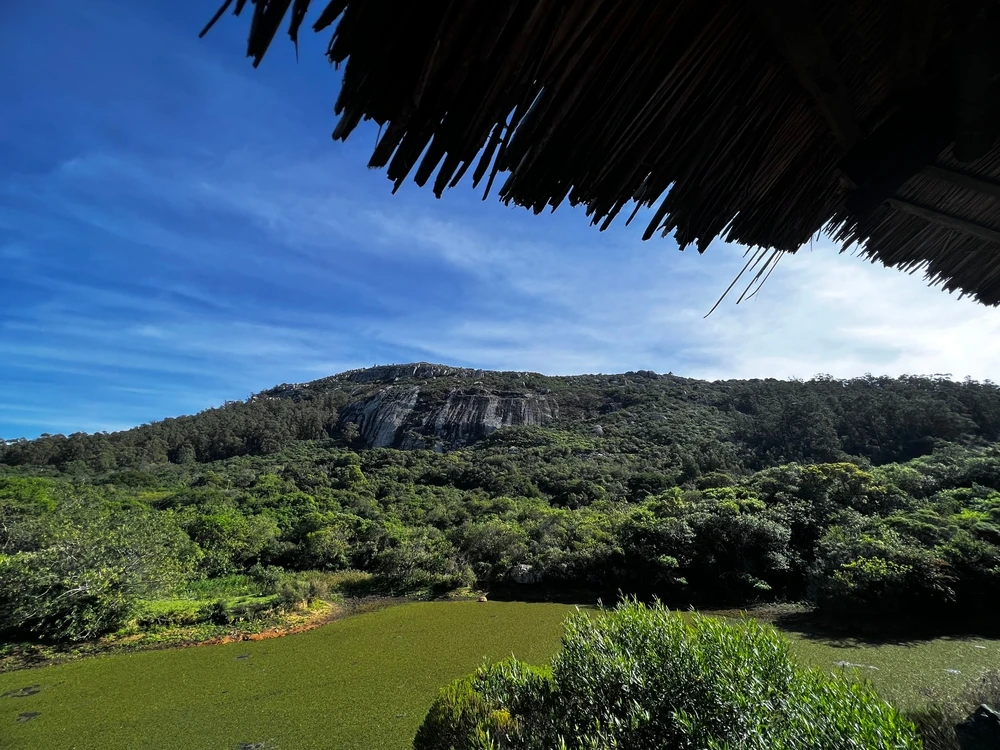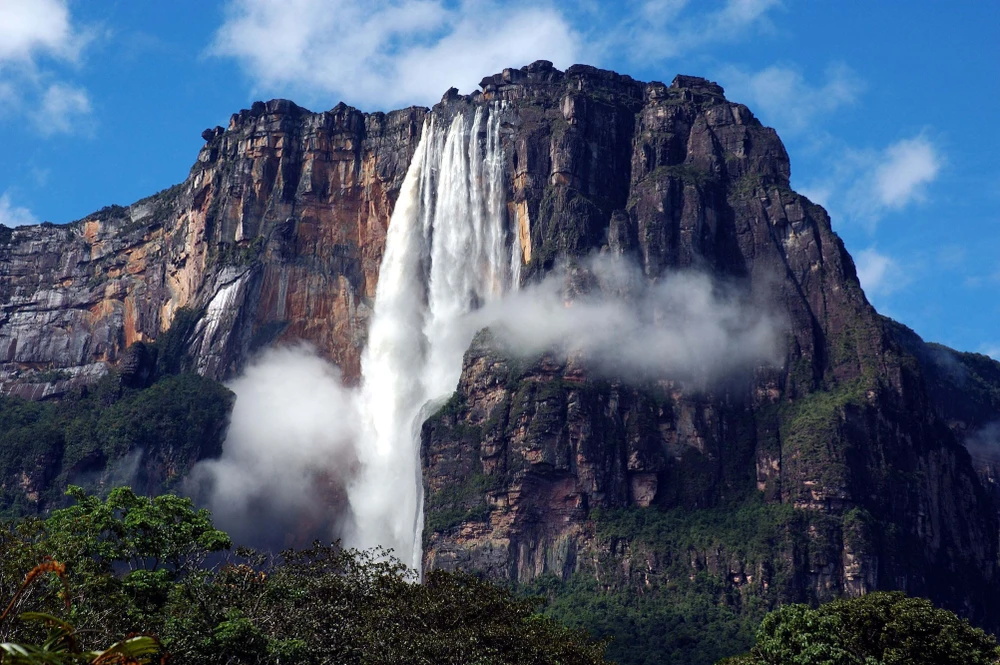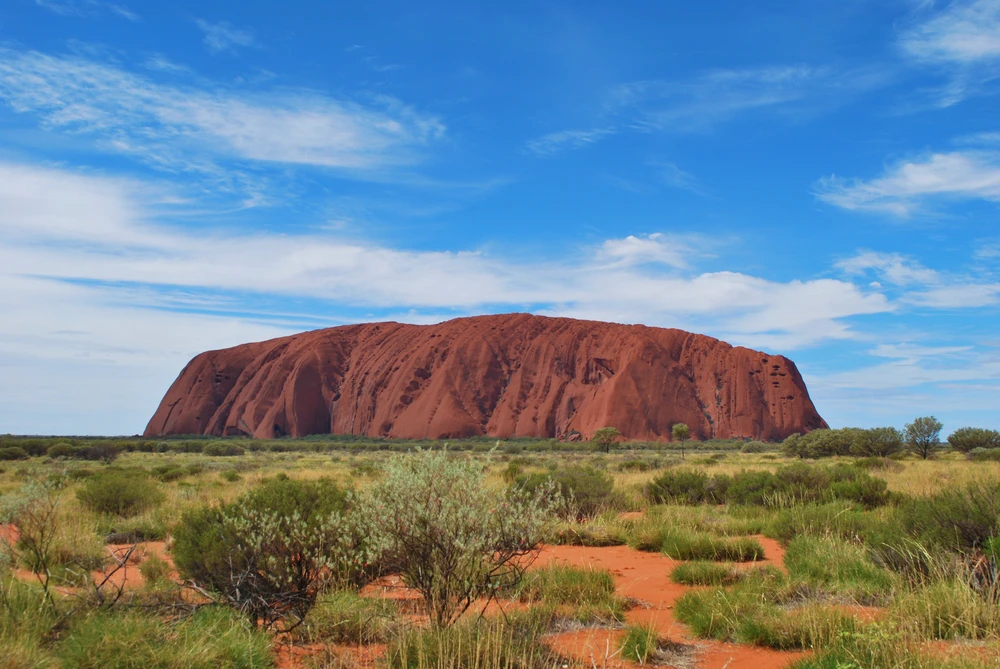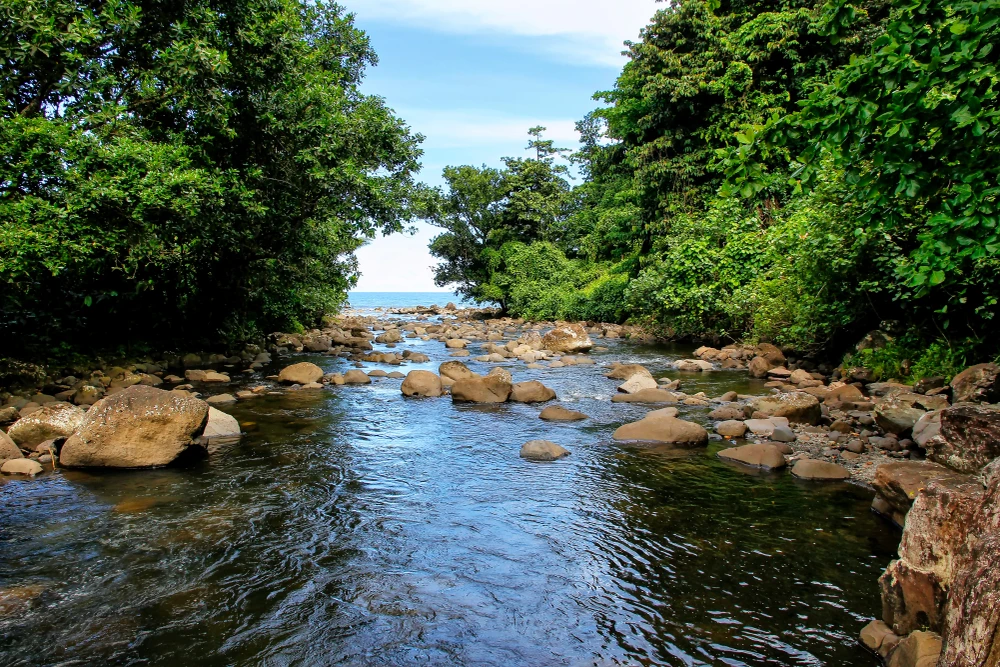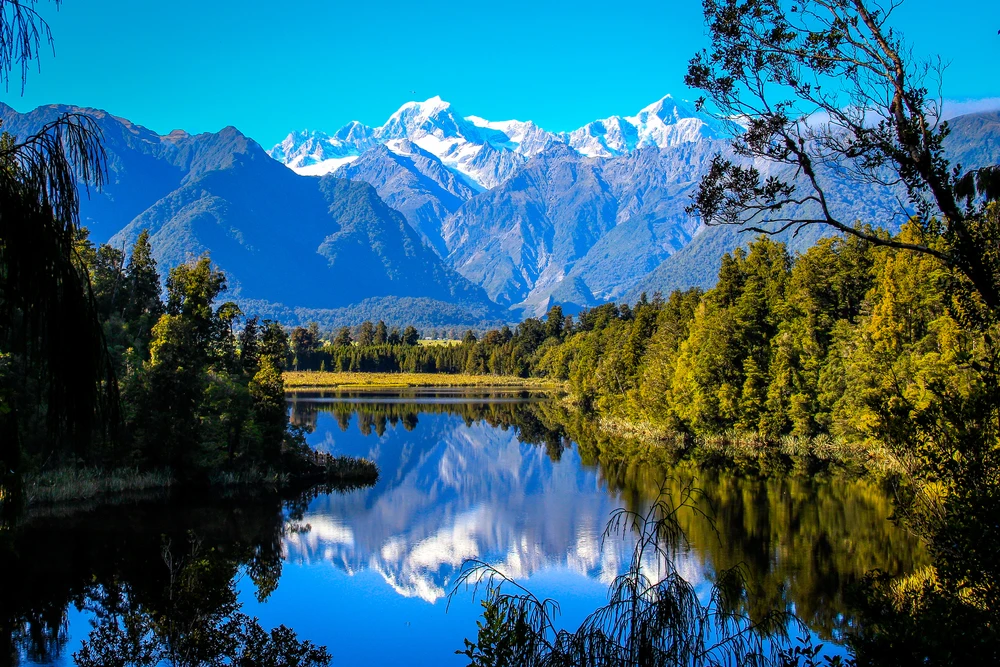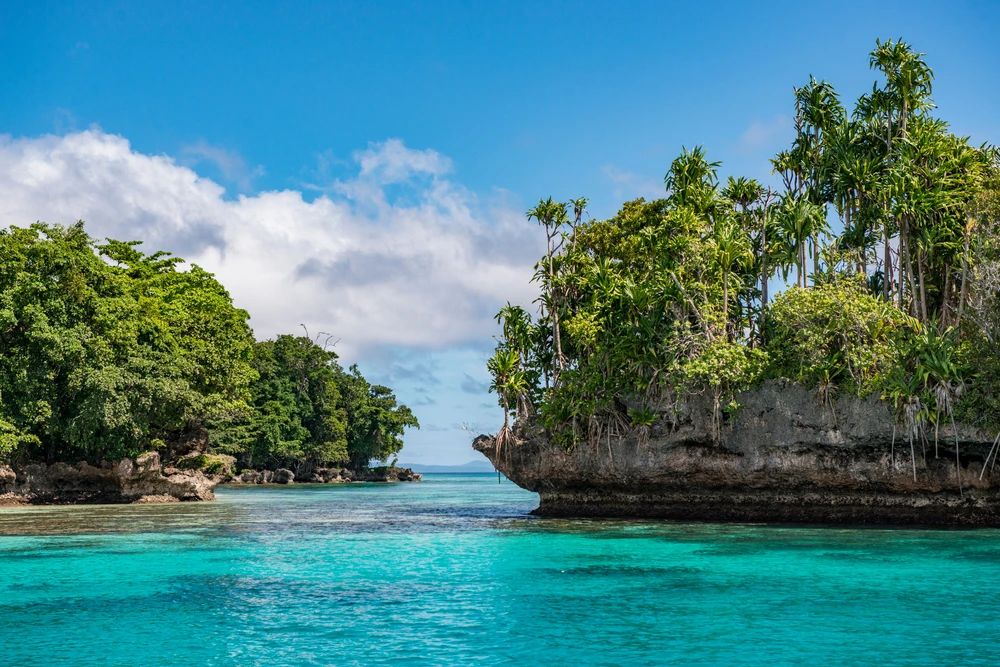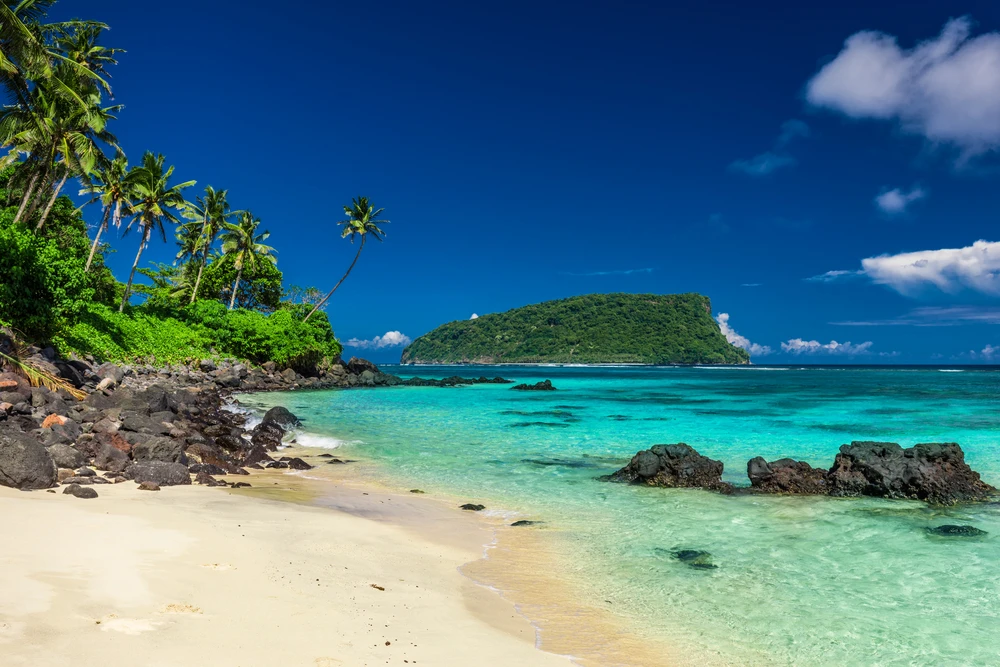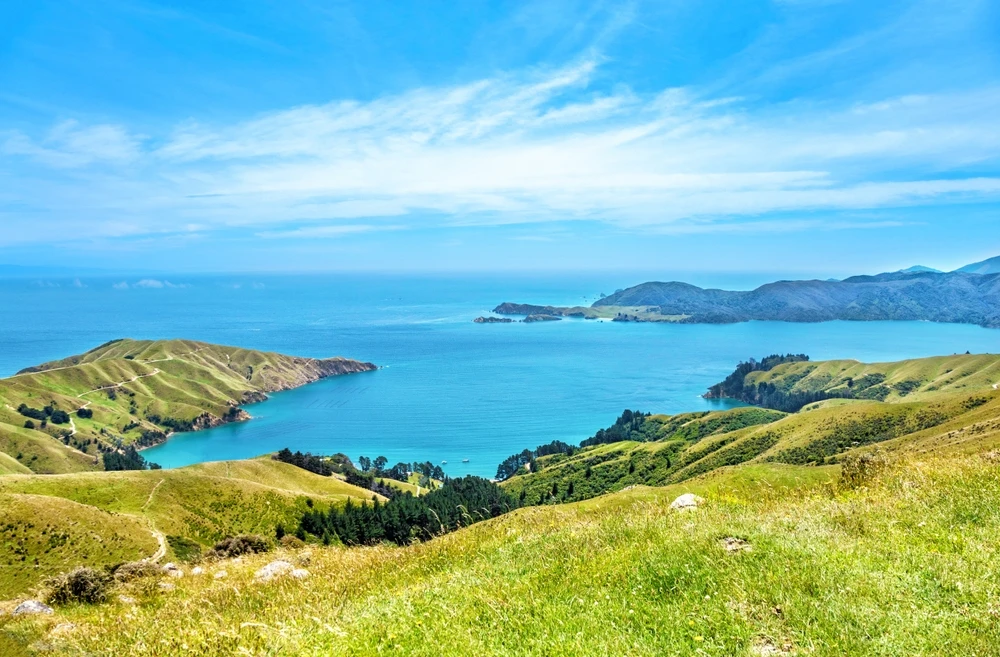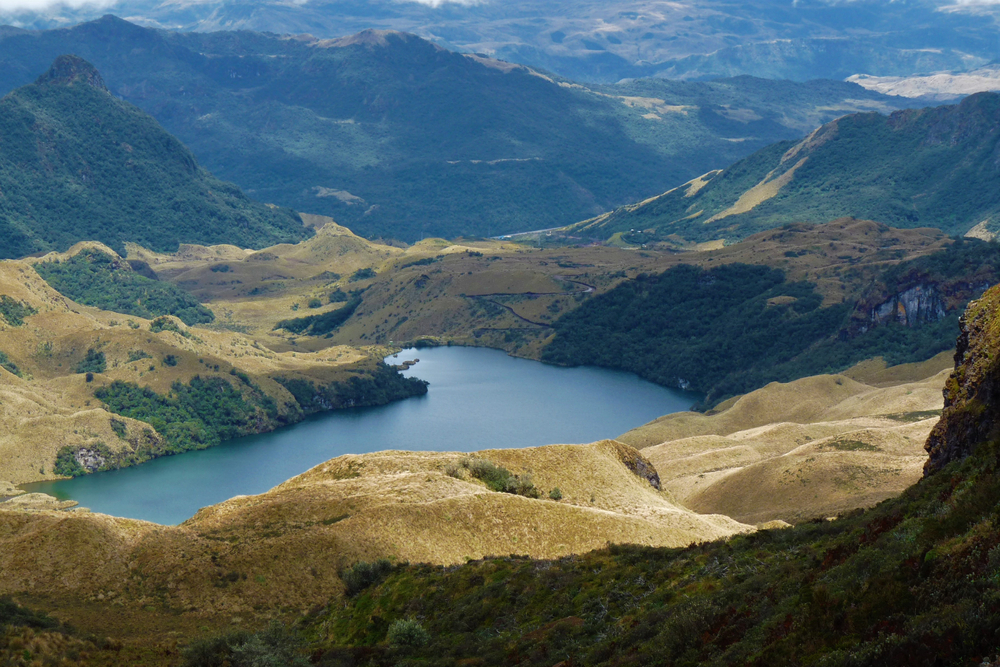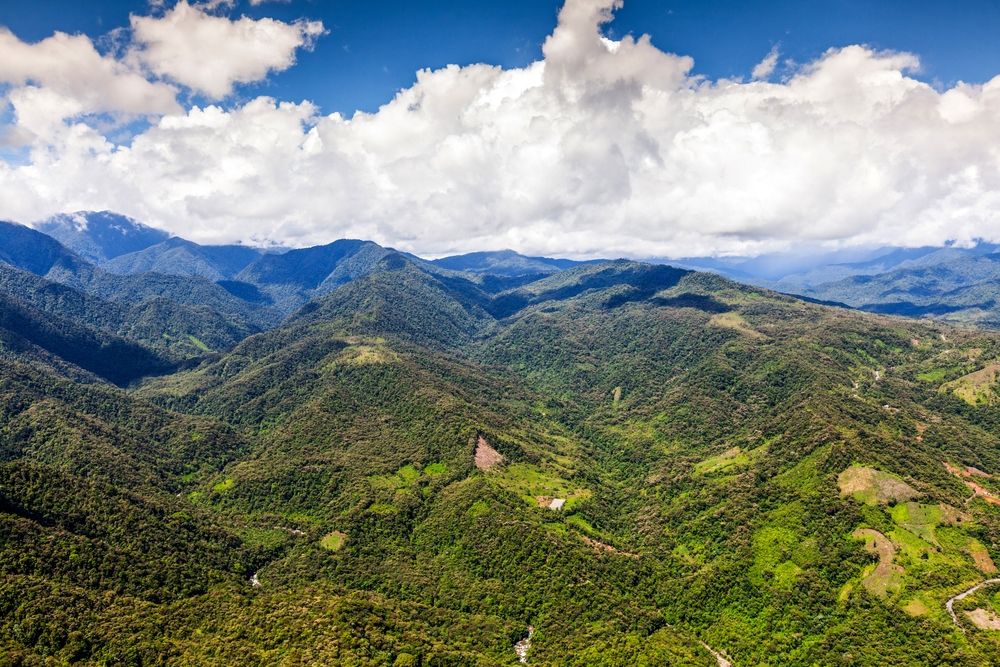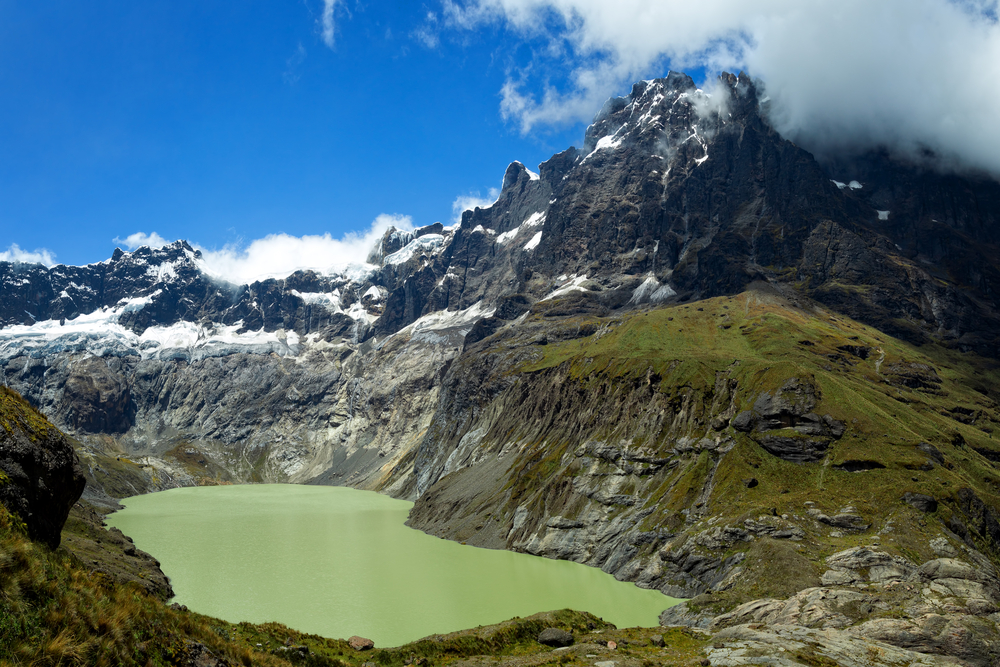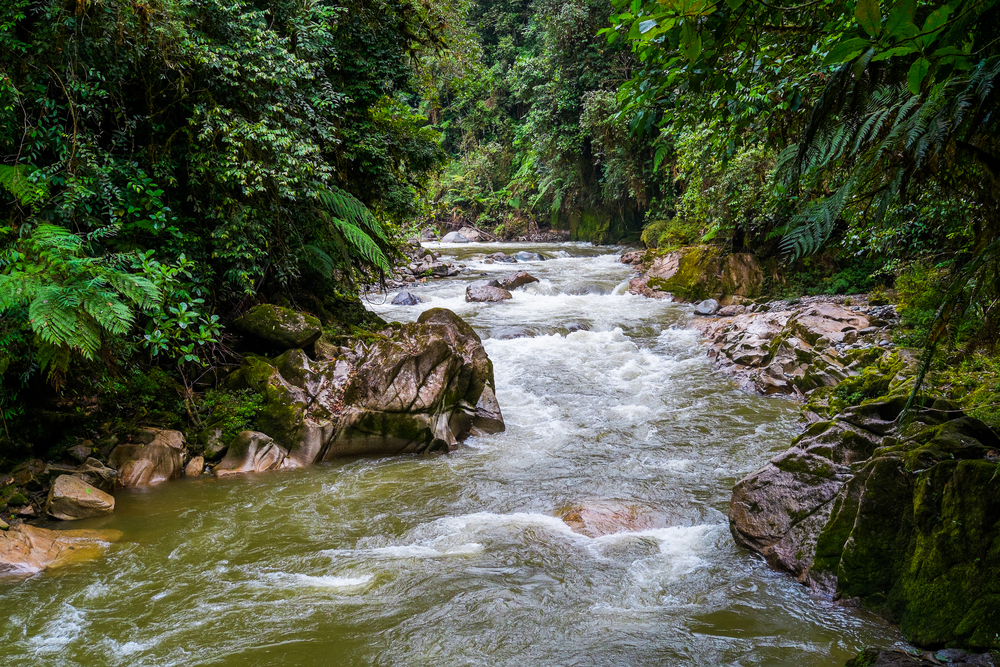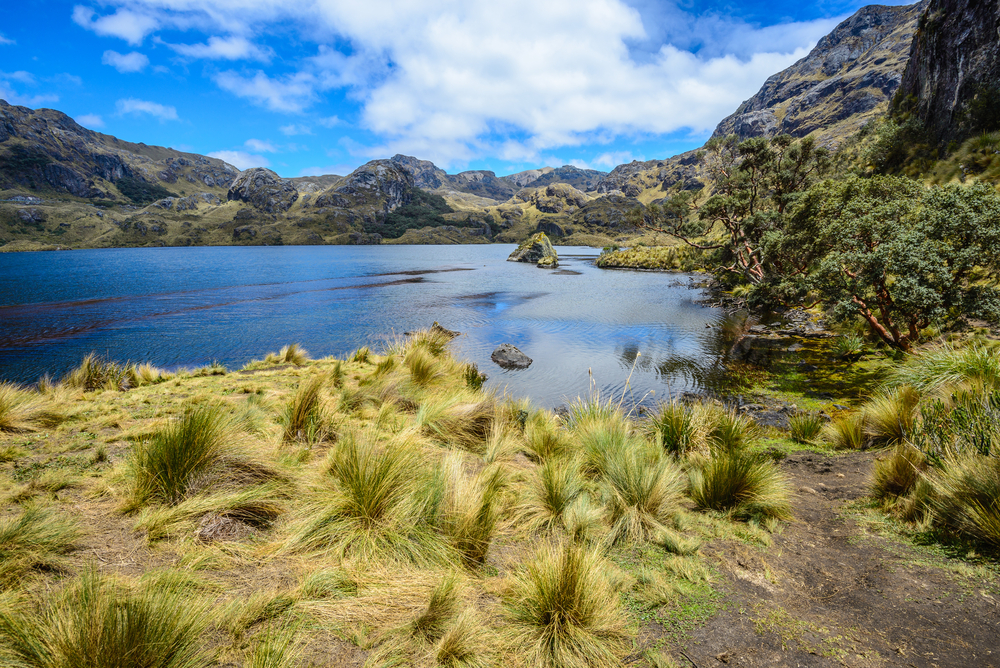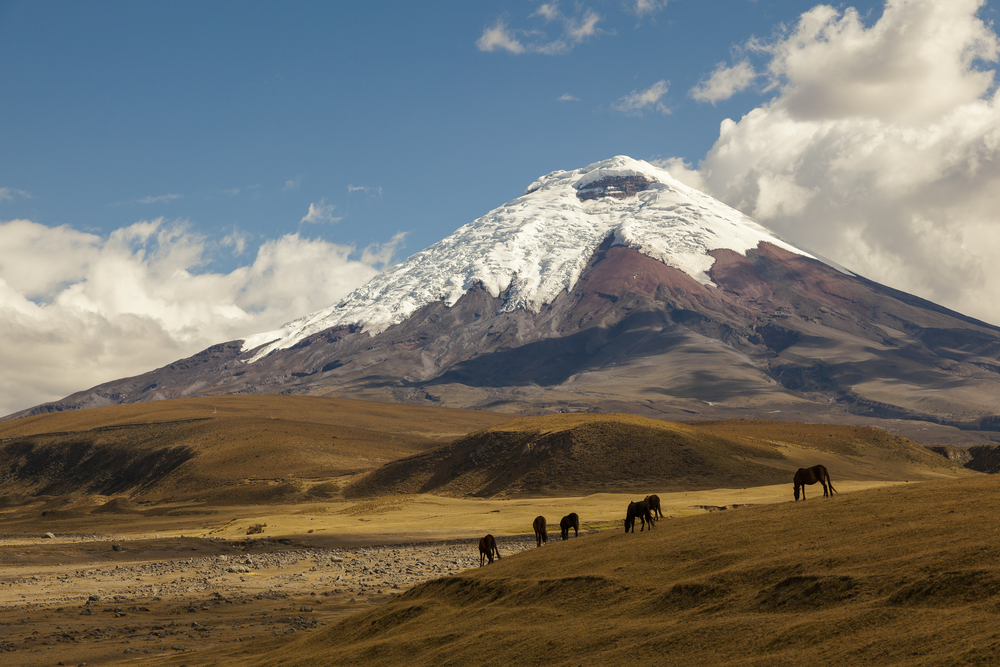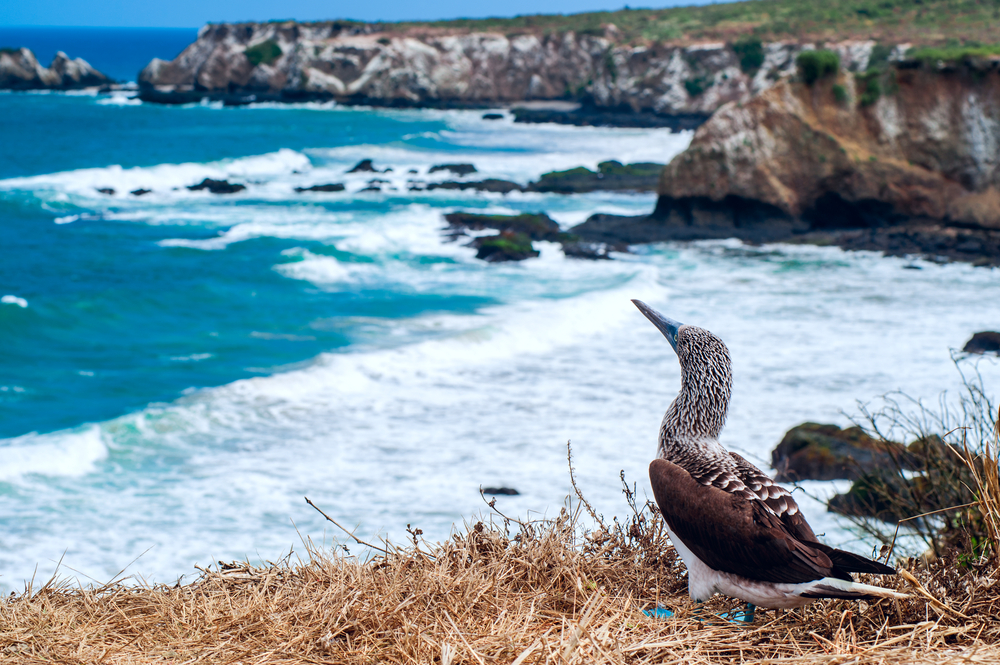Yasuní Overview
Yasuní National Park, or Parque Nacional Yasuní in Spanish, is one of the most biodiverse places on Earth. Located in eastern Ecuador, it covers approximately 3,793 square miles (9,823 square kilometers) within the Amazon Basin.
Situated at the meeting point of the Andes, the Amazon rainforest, and the Equator, the park’s geography contributes to its astonishing levels of biodiversity. The terrain consists of vast lowland rainforests, winding rivers, and dense jungle, with waterways such as the Napo and Tiputini Rivers coursing through the park.
These rivers serve as lifelines for both wildlife and the indigenous communities that call this protected area home. The park’s lush, humid environment supports an incredible variety of flora, including towering ceiba trees, giant kapoks, and delicate orchids that thrive in the thick understory.
The wildlife of Yasuní National Park is extraordinary, boasting an array of species found nowhere else in the world. The park is home to more than 200 species of mammals, including jaguars, pumas, and ocelots that silently roam the dense jungle. Other prominent mammals include giant otters, howler monkeys, capybaras, and the endangered Amazonian manatee, which navigates the park’s waterways.
Bird enthusiasts can witness over 600 species of birds, such as the strikingly colorful macaws, toucans, harpy eagles, and hoatzins, each playing a crucial role in the rainforest ecosystem. Reptiles and amphibians are also abundant, with poison dart frogs, anacondas, caimans, and countless species of lizards and tree frogs adding to the park’s biological richness. The rivers and oxbow lakes teem with fish, including piranhas and the ancient arapaima, one of the largest freshwater fish in the world.
Among Yasuní’s most remarkable attractions is its unparalleled biodiversity, making it a prime destination for nature lovers and researchers alike. The park is also home to several indigenous communities, including the Waorani people, as well as the Tagaeri and Taromenane, two uncontacted tribes that continue to live in voluntary isolation.
Their presence makes the park not only a biological treasure but also a cultural sanctuary. Visitors can explore the park through guided canoe trips along its rivers, offering close encounters with the lush rainforest and its wildlife. Canopy towers and observation decks provide breathtaking panoramic views of the treetops, where birds and monkeys are often spotted.
Hiking through the dense jungle with experienced guides allows travelers to learn about the park’s rich ecology and indigenous knowledge of medicinal plants. Night safaris offer an entirely different experience, revealing nocturnal creatures such as tree frogs, night monkeys, and elusive predators.
Yasuní National Park faces significant conservation challenges, particularly due to oil exploration, deforestation, and climate change. The park sits atop vast oil reserves, leading to ongoing debates over resource extraction and environmental preservation.
Despite these threats, conservation efforts have made strides in protecting this fragile ecosystem, with the Ecuadorian government and environmental organizations working to balance ecological preservation with economic interests.
Yasuní’s designation as a UNESCO Biosphere Reserve underscores its global importance, and ongoing research and conservation projects aim to safeguard its extraordinary biodiversity for future generations.

